Hunger Relief Efforts Can Yield Tax Benefit for Farmers
- Contributor
- Amy G. Hightower

Too much food is a good problem to have, though it’s not always good for farmers. Thanks to a 2015 legislative change, donating surplus crops can be a wise business move for farmers, as well as a caring act.
The Protecting Americans from Tax Hikes (PATH) Act of 2015 includes a provision that allows an enhanced charitable tax deduction for donations of food, even if the taxpayer has no tax basis in the donated food. The PATH Act also raises the limit on the donated food tax benefit, increasing its potential value for farmers and other eligible taxpayers.
Food growers who use the cash method of accounting typically don’t record inventory costs for their crops and therefore have a tax basis of zero, so the PATH Act’s passage marked the first time that cash-basis growers could claim this deduction.
Qualified tax-exempt organizations that provide food support for certain populations are the only eligible recipients of surplus crop donations, but there’s no shortage of such groups; many food banks, homeless shelters, and national hunger relief nonprofits such as Feeding America fit the bill. The recipient organization cannot sell or exchange the donated food but must use it to provide direct food aid to needy, infant, or ill end users.
While the donations don’t necessarily have to be retail quality (think perfectly formed fruits and vegetables), they must be “apparently wholesome food” as specified in the Bill Emerson Good Samaritan Food Donation Act. U.S. Department of Agriculture guidelines define this term as “food that meets all quality and labeling standards imposed by federal, state, and local laws and regulations even though the food may not be readily marketable due to appearance, age, freshness, grade, size, surplus, or other conditions.”
Practically speaking, the amount of the charitable-donation tax deduction for cash-basis farmers is one-half of the donated food’s fair market value (FMV) under the enhanced food deduction rules established in Section 113 of the PATH Act. In technical terms, it’s a bit more complicated; the Tax Code defines the value of this special deduction as the lesser of these two amounts:
However, since cash-basis farmers often don’t establish or track tax basis in their crops before selling or donating, the enhanced deduction allows these donors to assume a tax basis of 25% of FMV. The result is a maximum deduction of 50% of FMV for this type of food donation.
FMV for the purposes of the deduction for charitable food donations is determined using the price at which the farmer would sell the food at the time of the donation (or recent historical prices if there is no current market at the time of donation) had it been sold as usual rather than donated.
Section 113 of the PATH Act also specifies that none of the following reasons for donation affect FMV:
The PATH Act also raised the cap on the deduction for charitable food donation, increasing the maximum value from 10% to 15% of aggregate net income in the year the donation is made. Donors can carry forward (for five years) amounts that exceed the annual limit. Any carryforward is subject to the general charitable deduction carryforward rules.
Farmers and food producers who claim the deduction should carefully document their donation and retain records that fully support its eligibility. Required information includes:
To learn more about donating food, claiming tax benefits for charitable donations, or other tax-saving strategies, contact your CRI advisor.
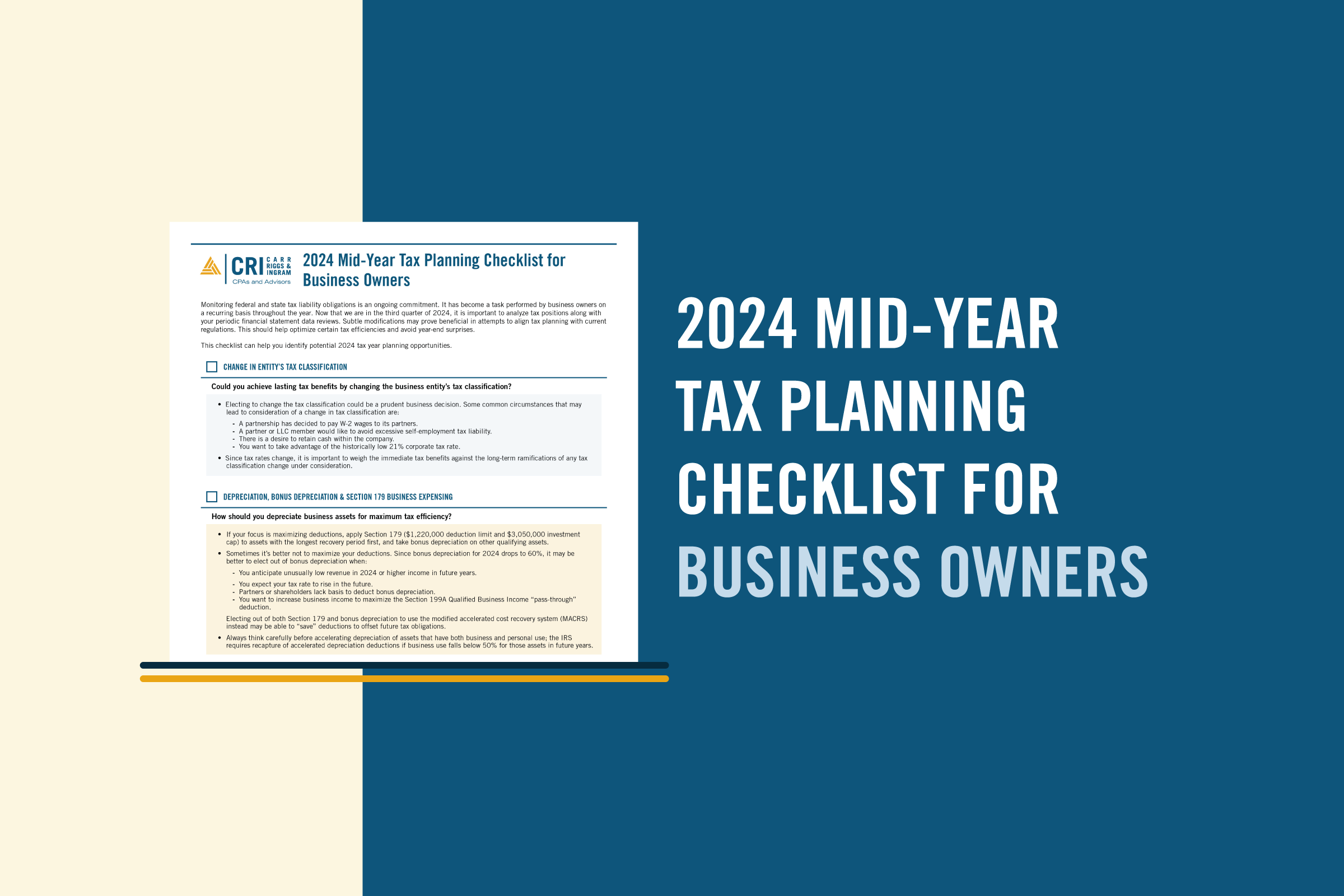





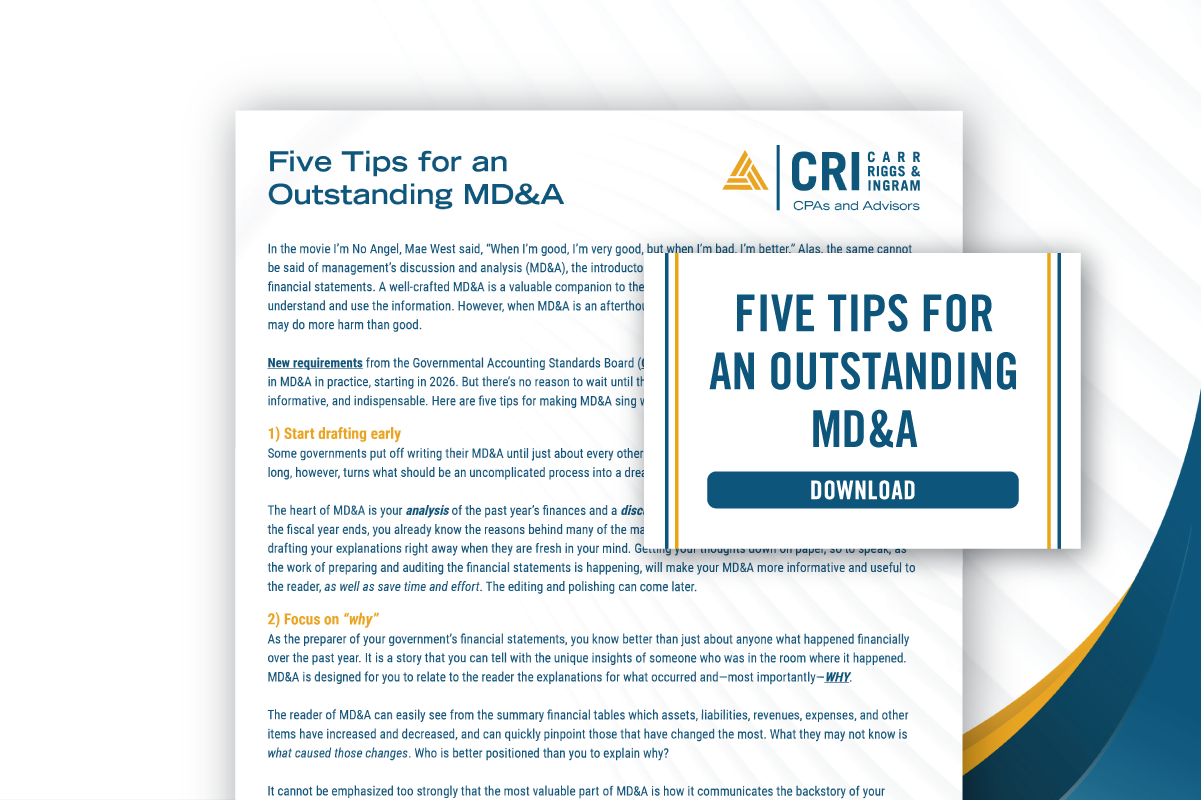


















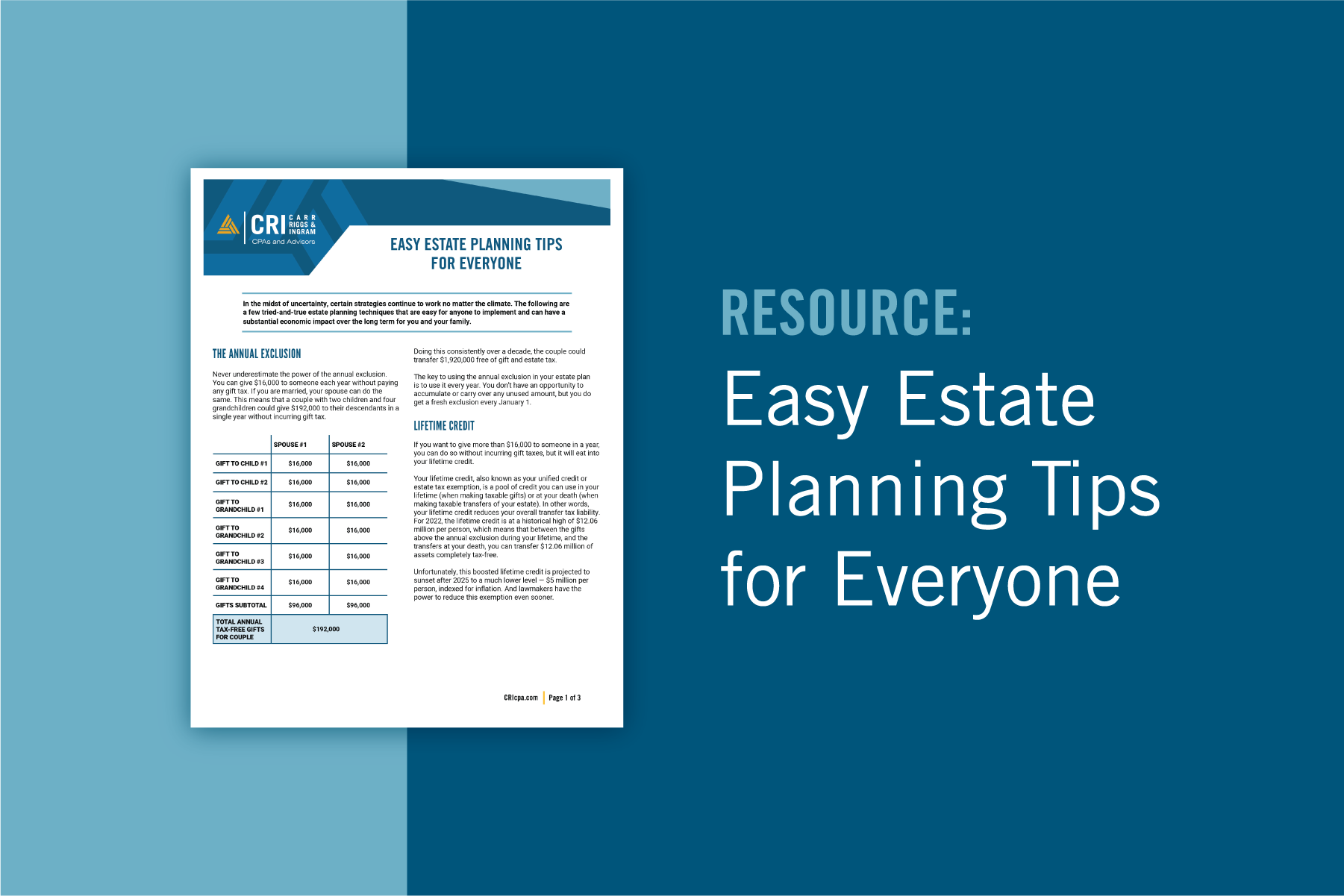
































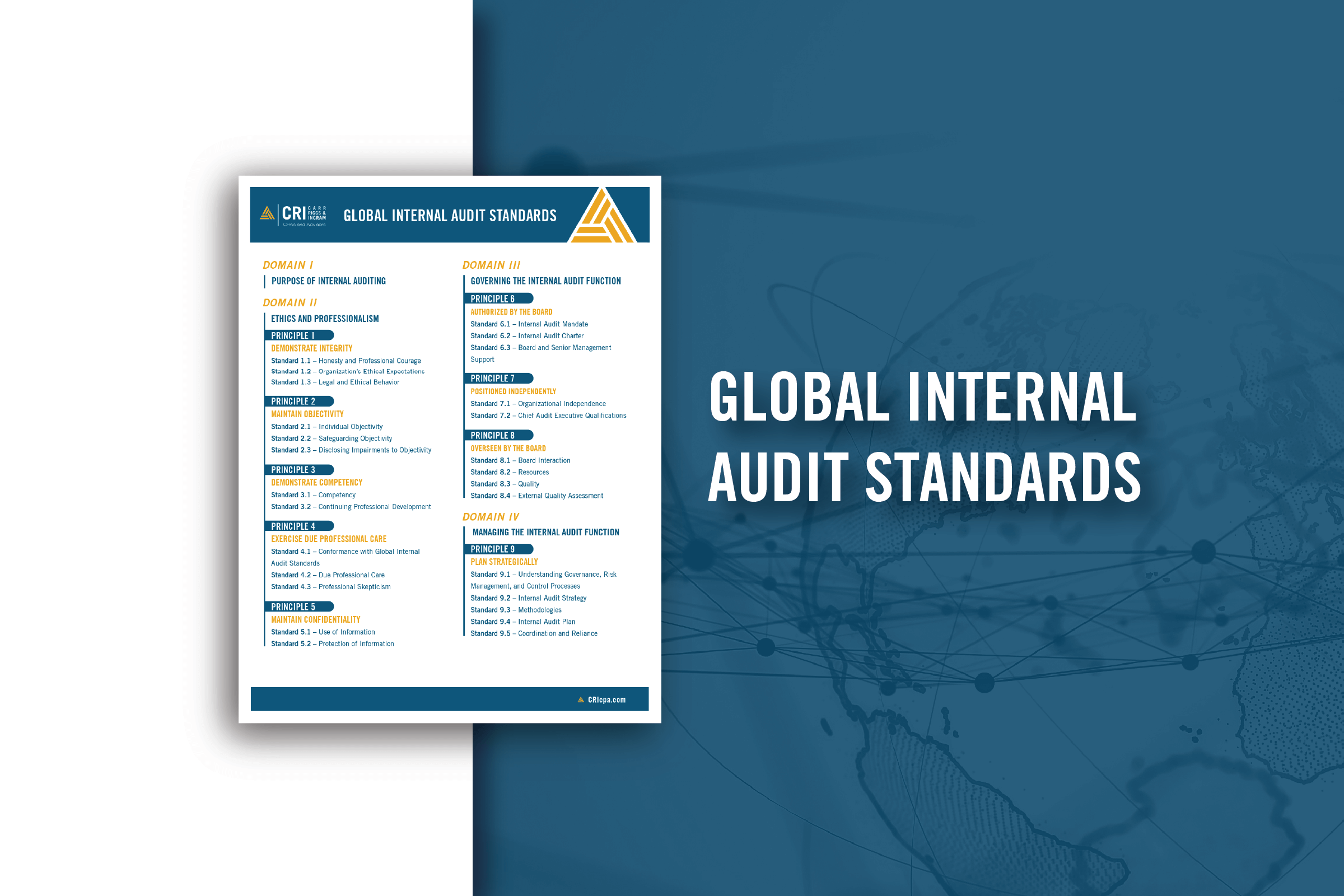


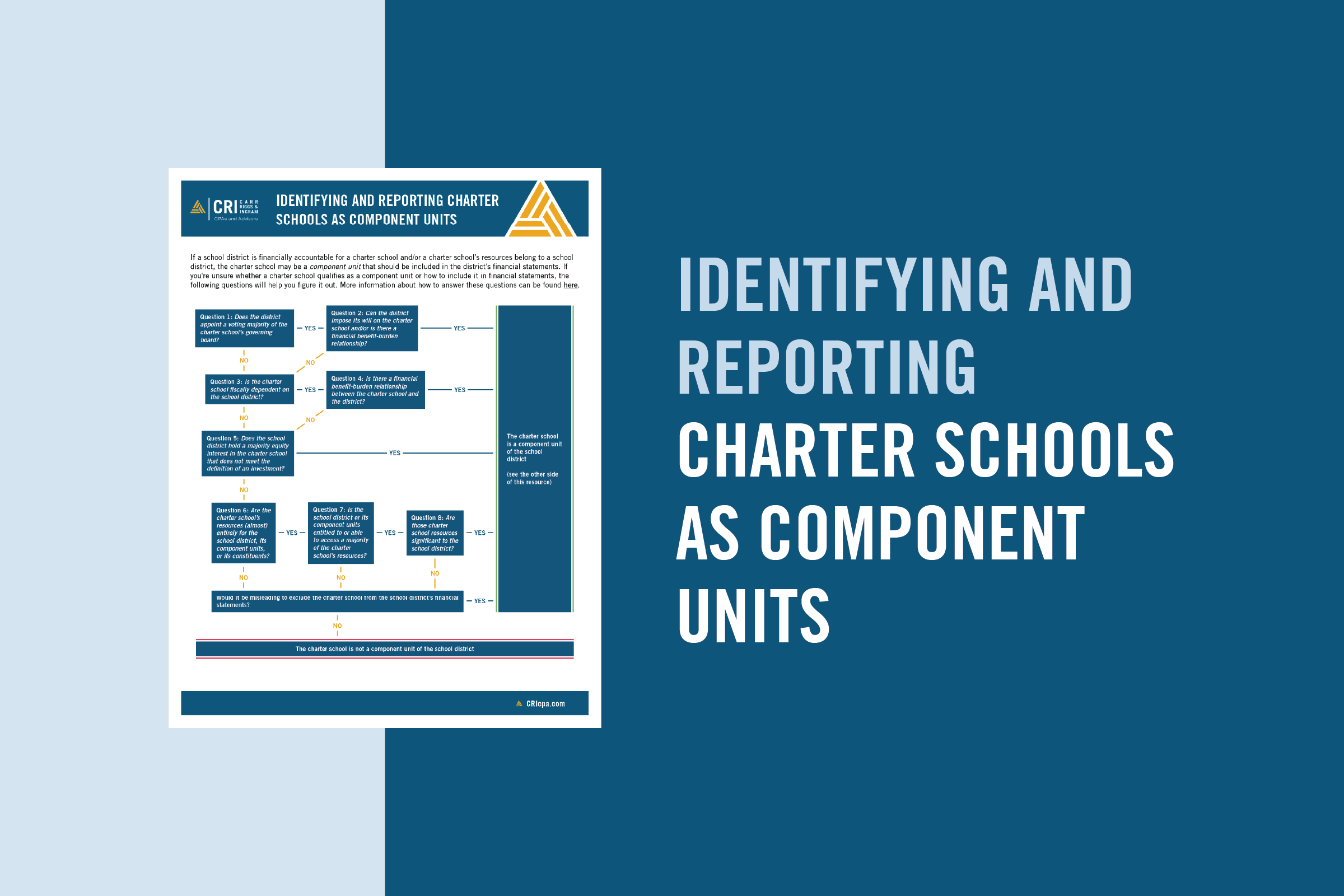



















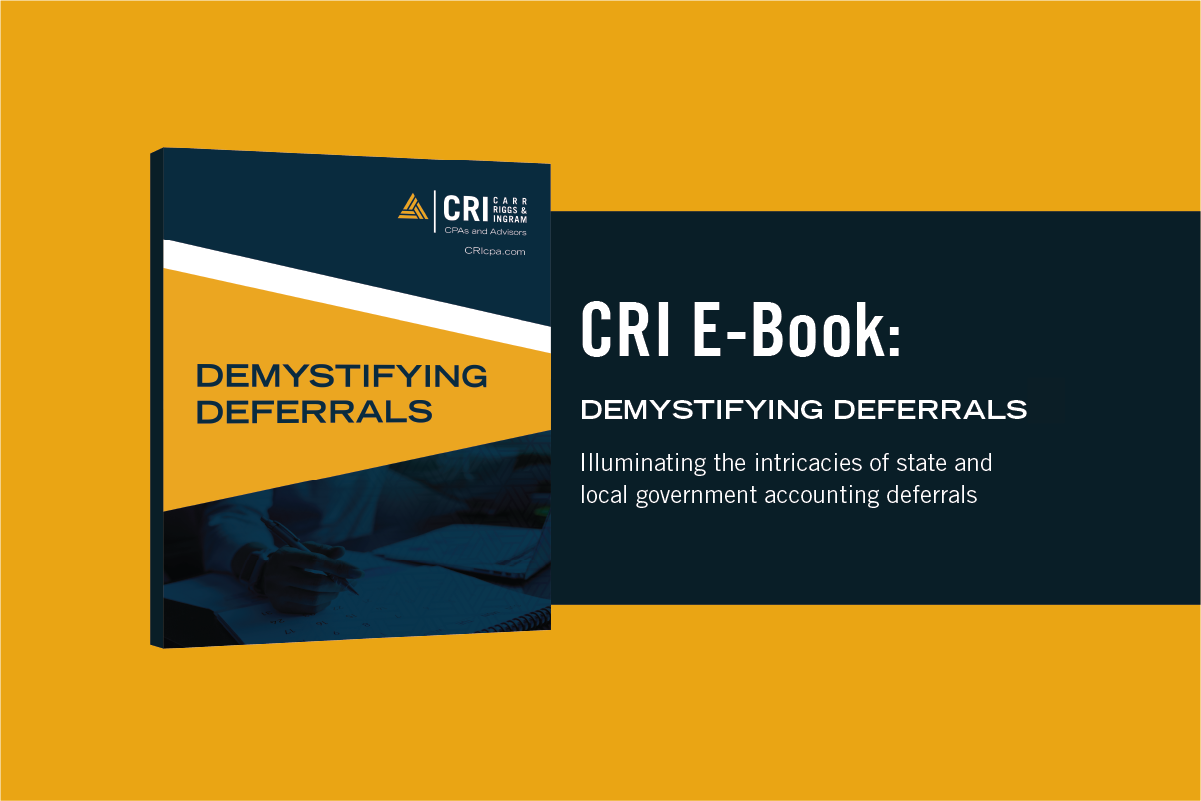





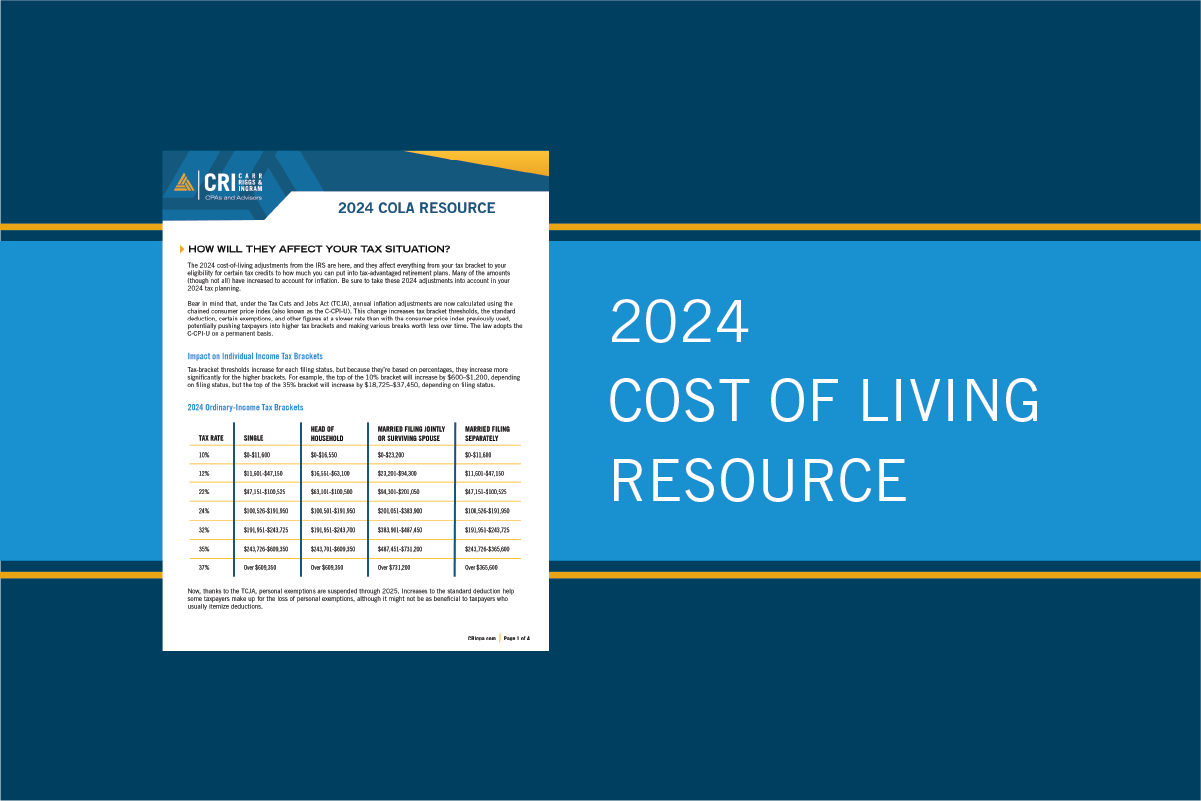

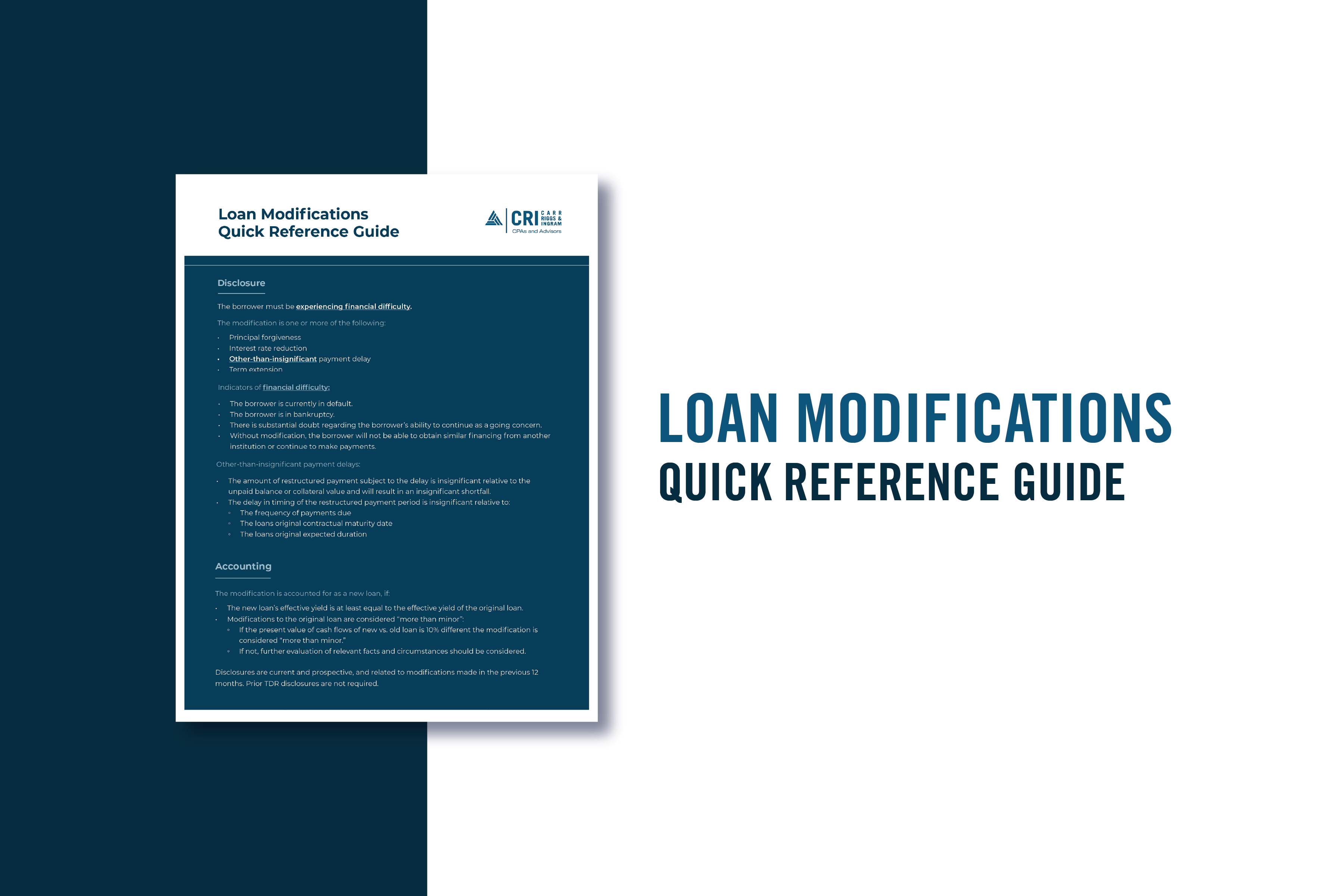
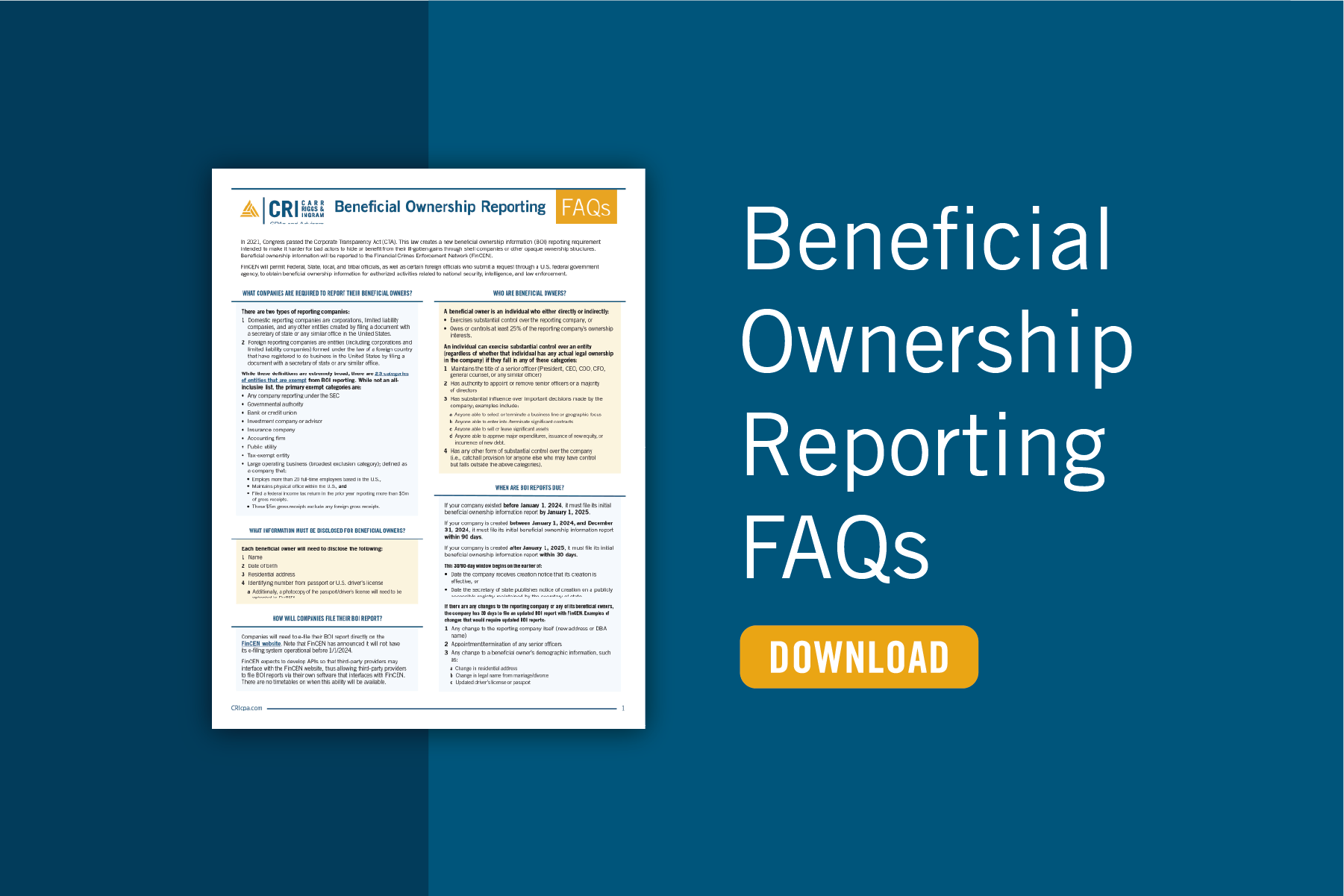




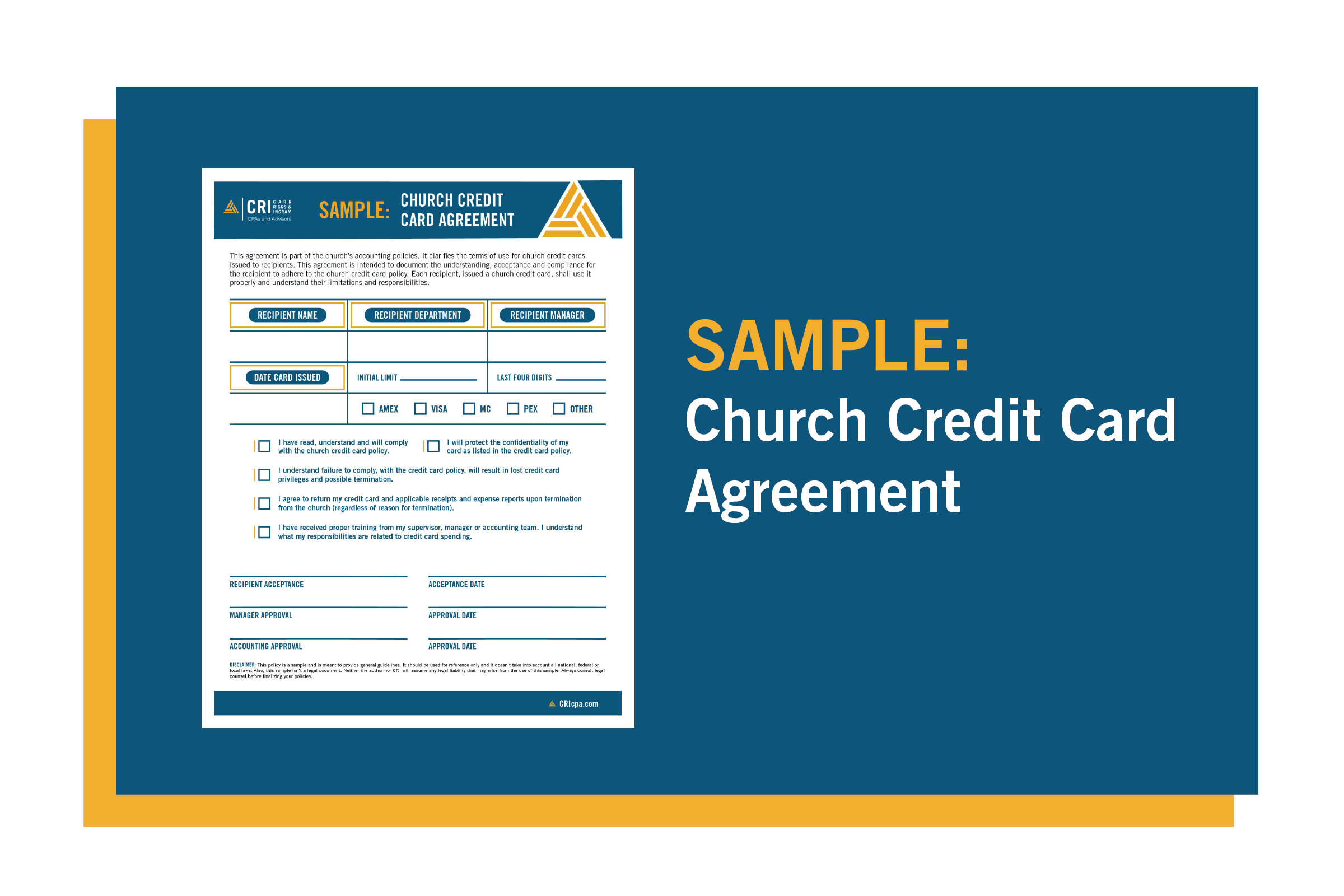










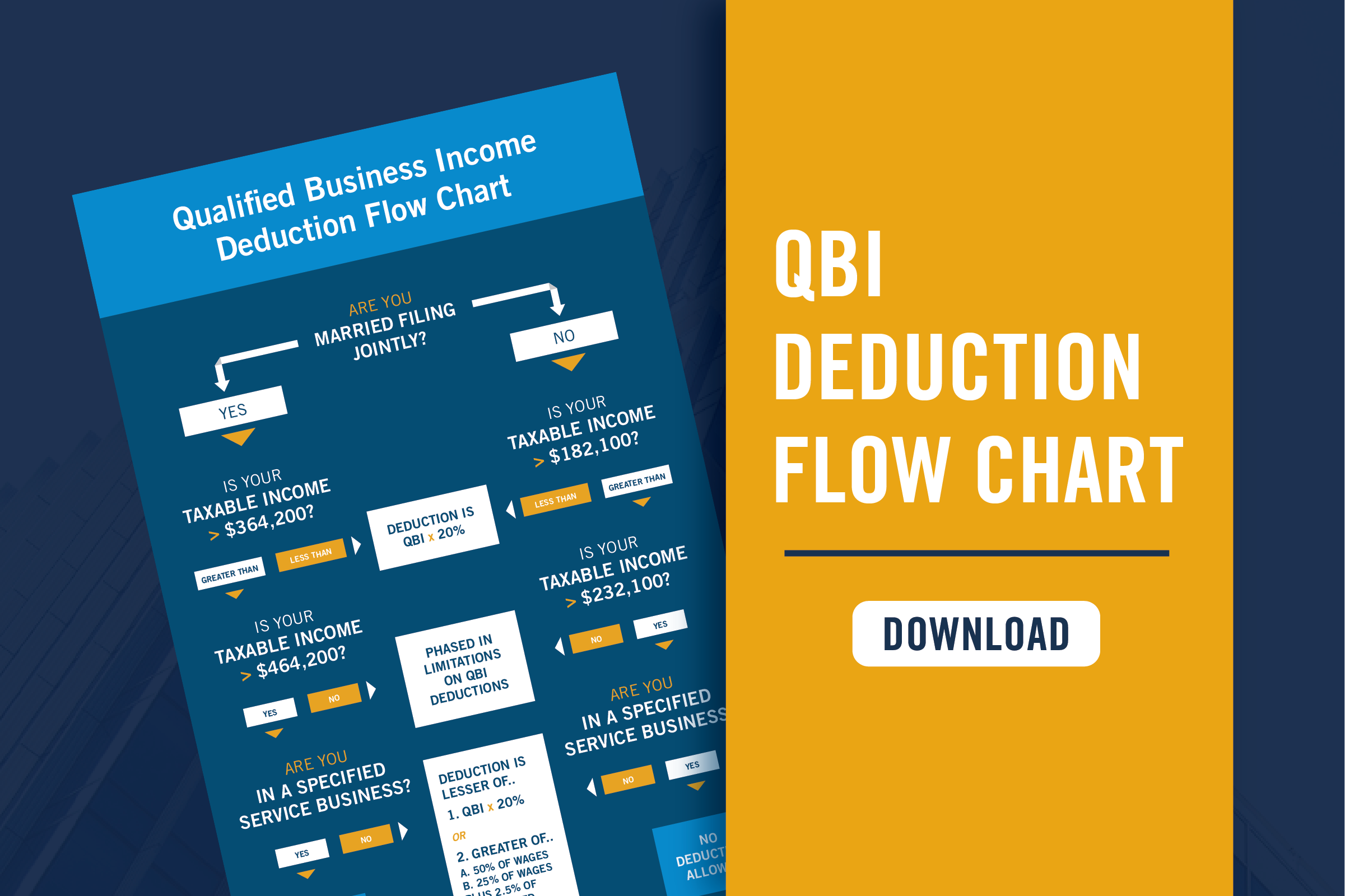










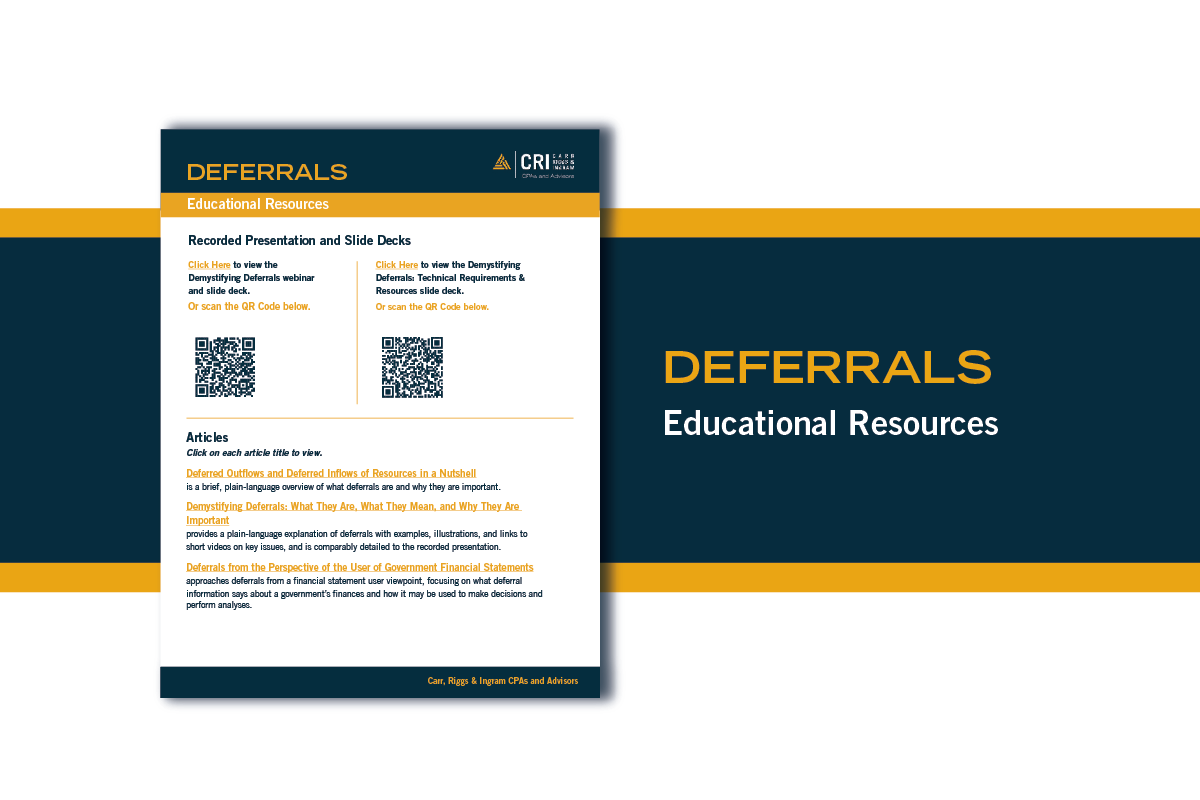

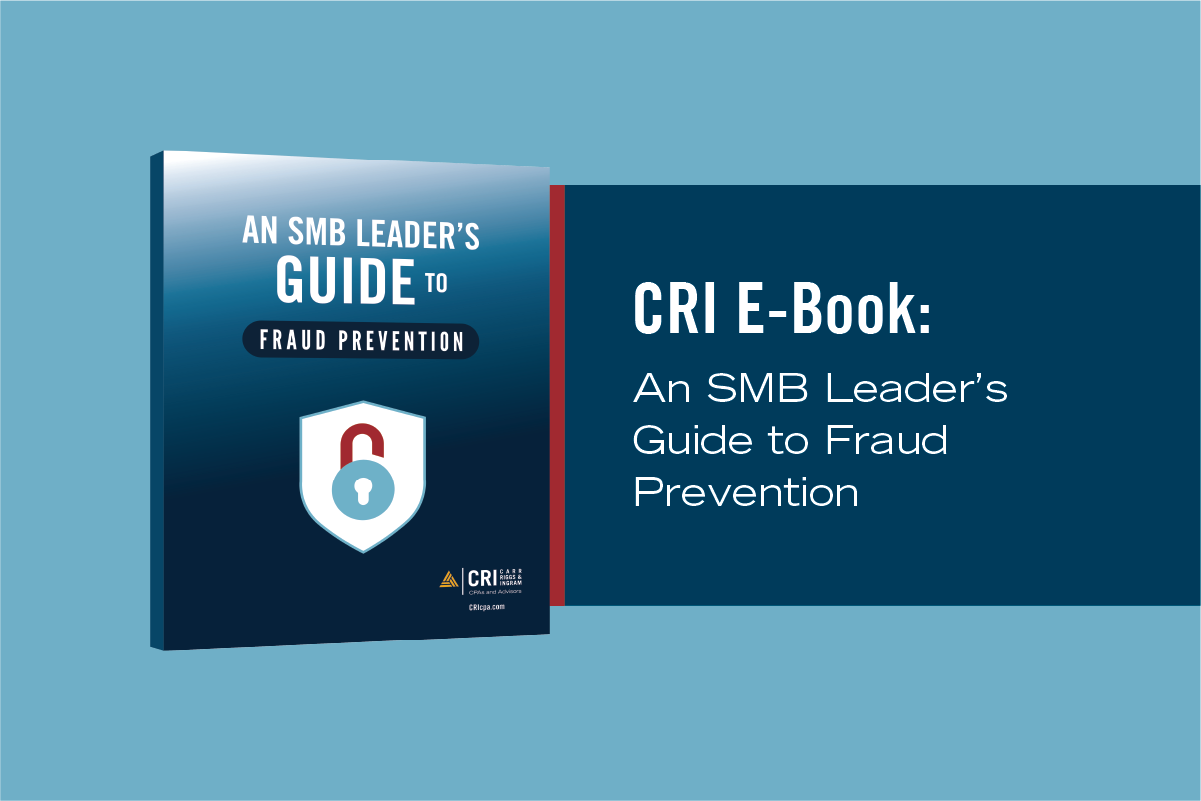














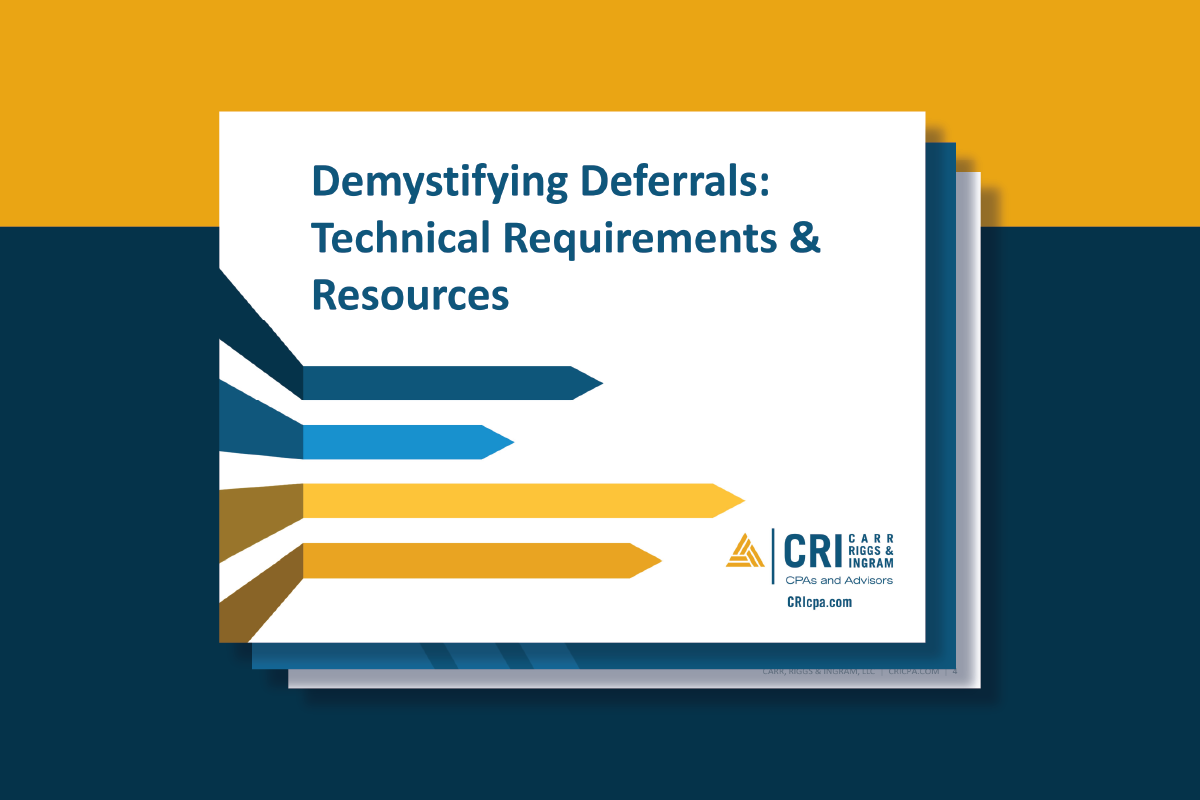
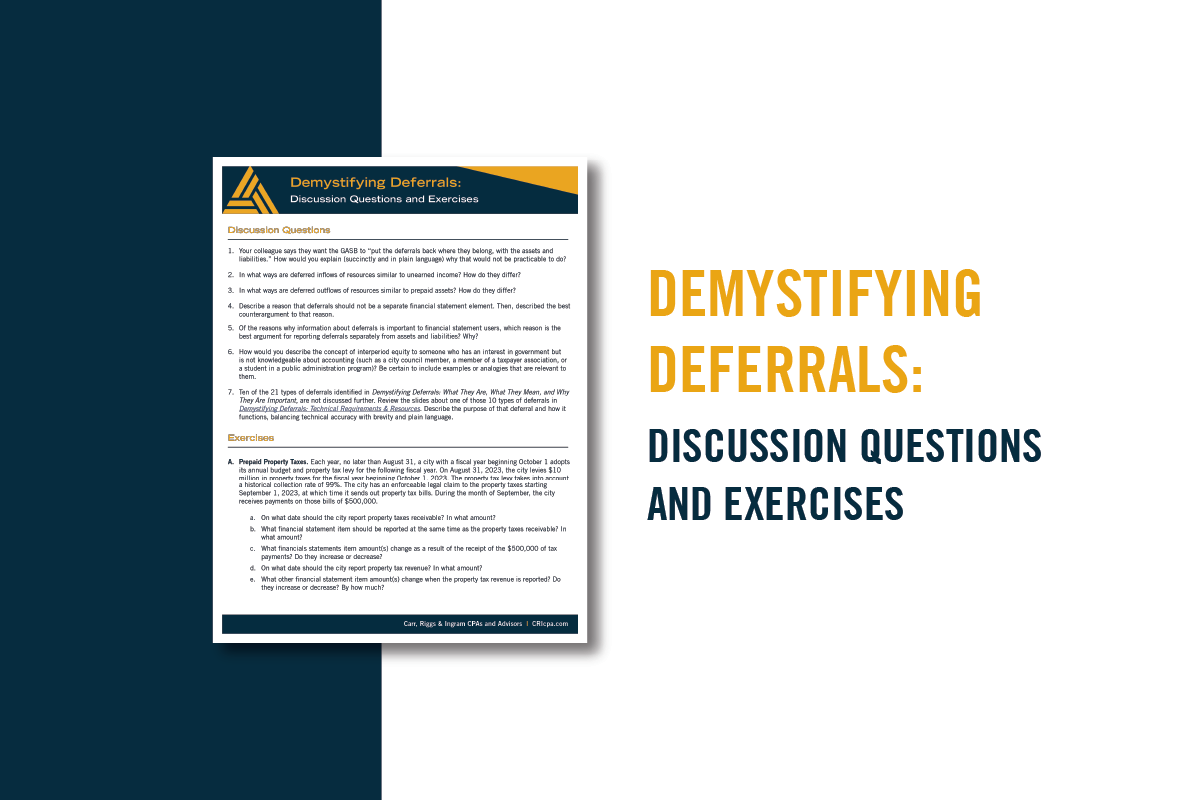













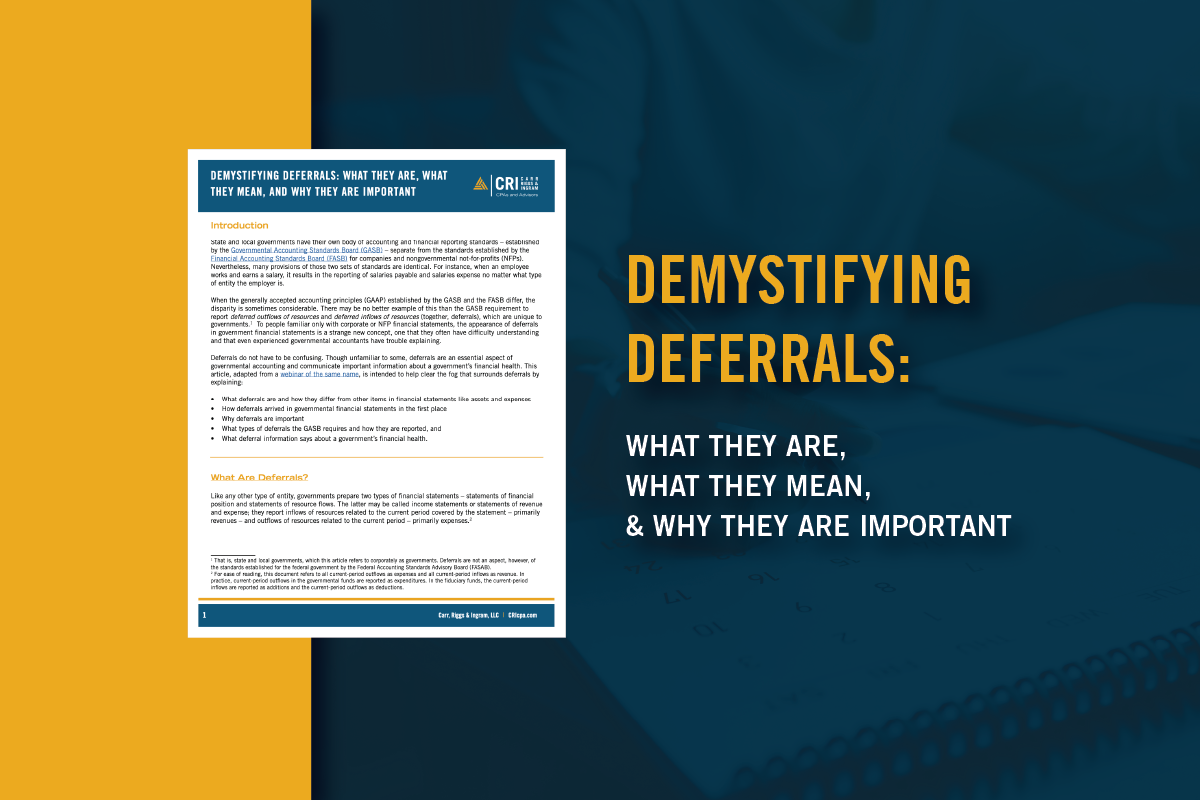












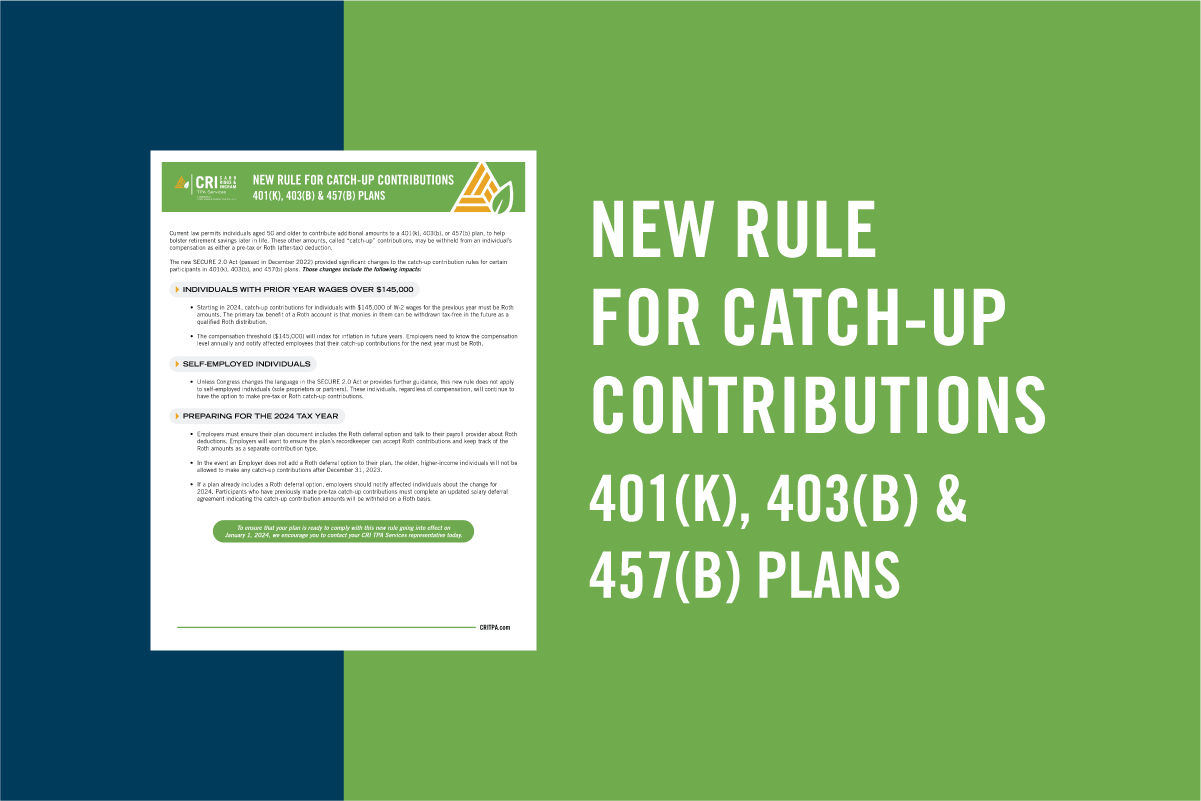












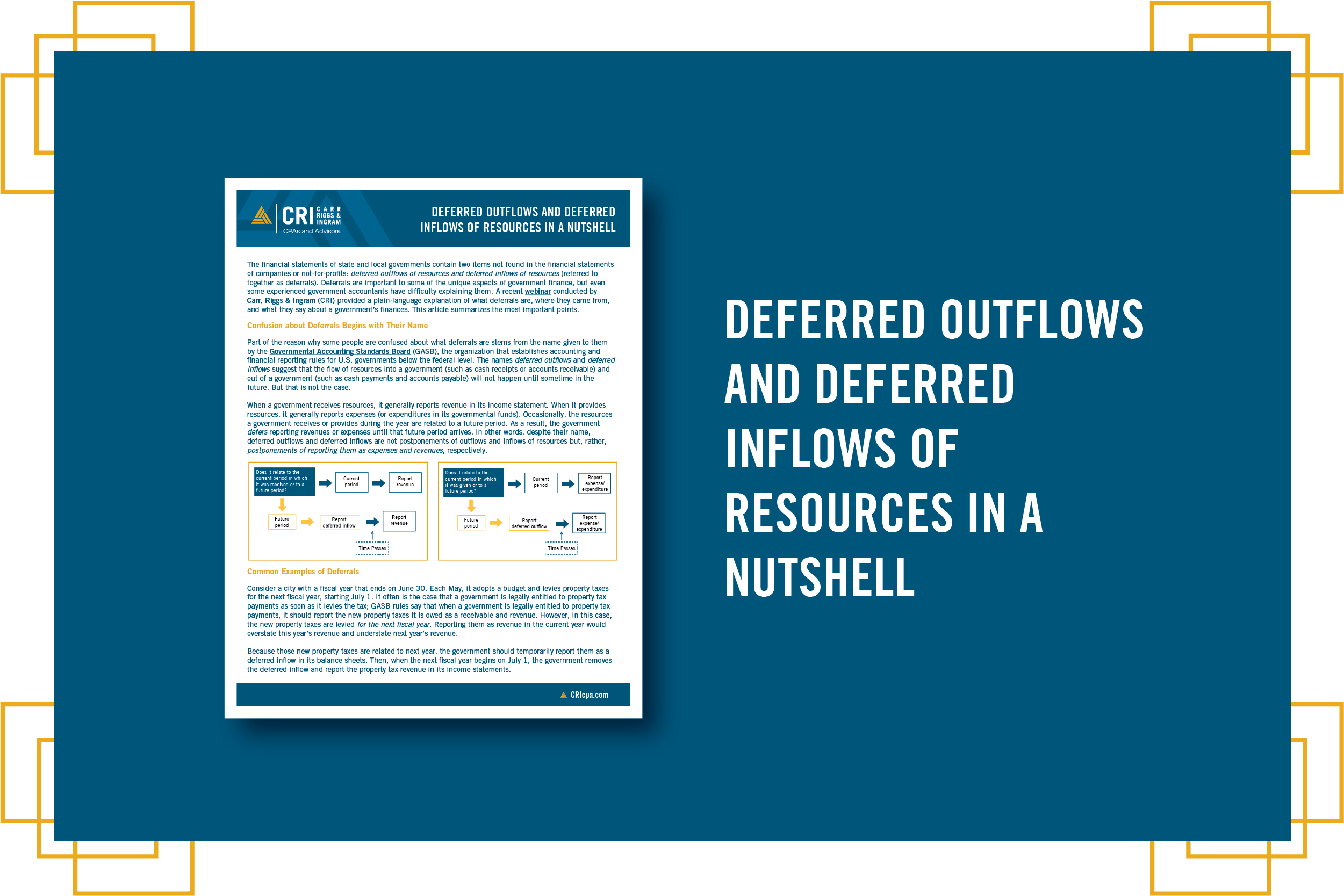























































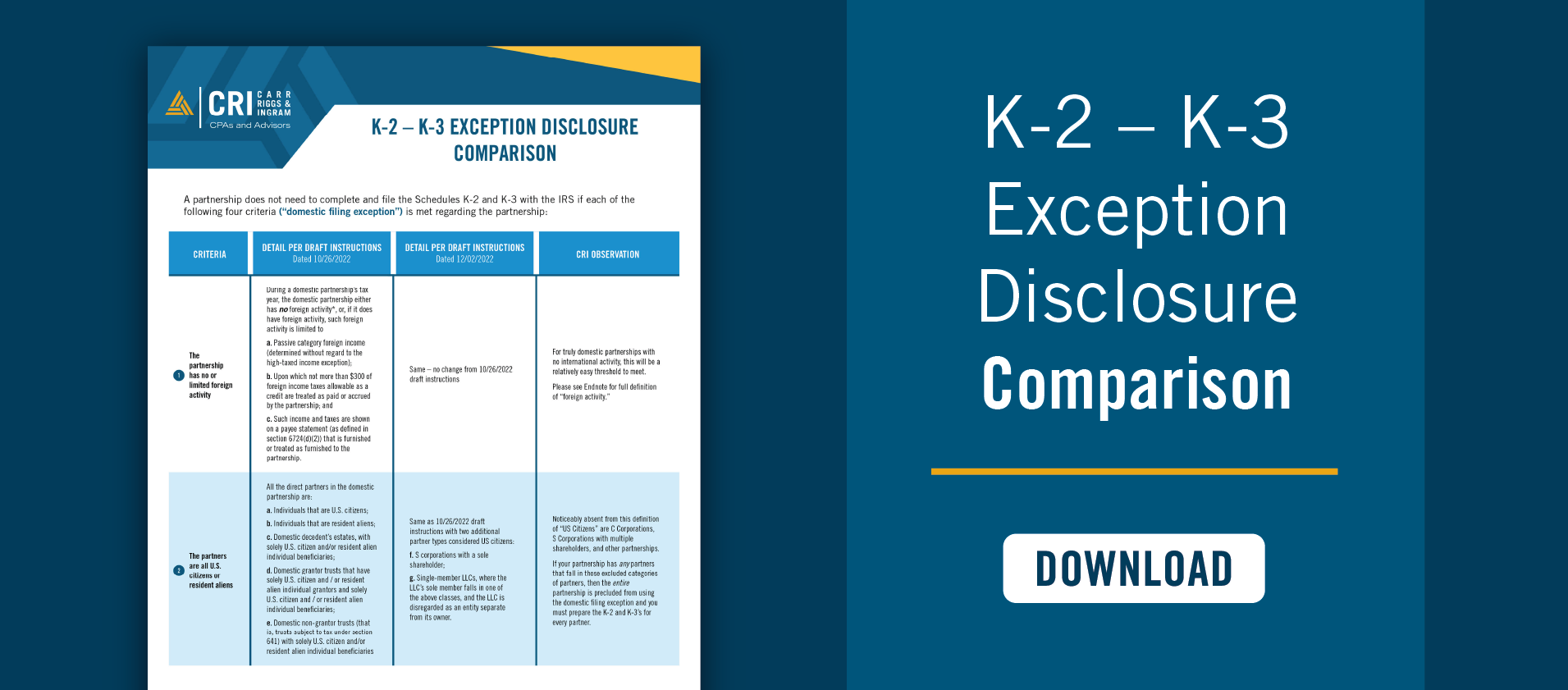
























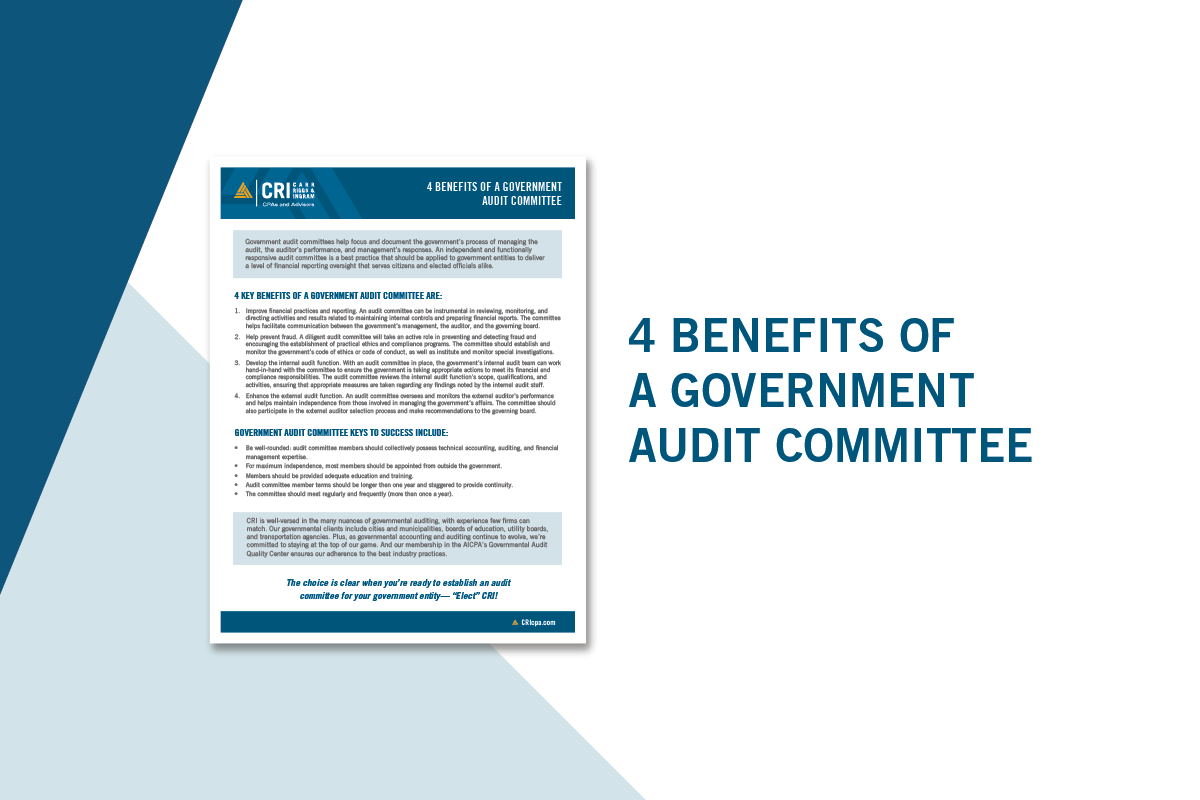

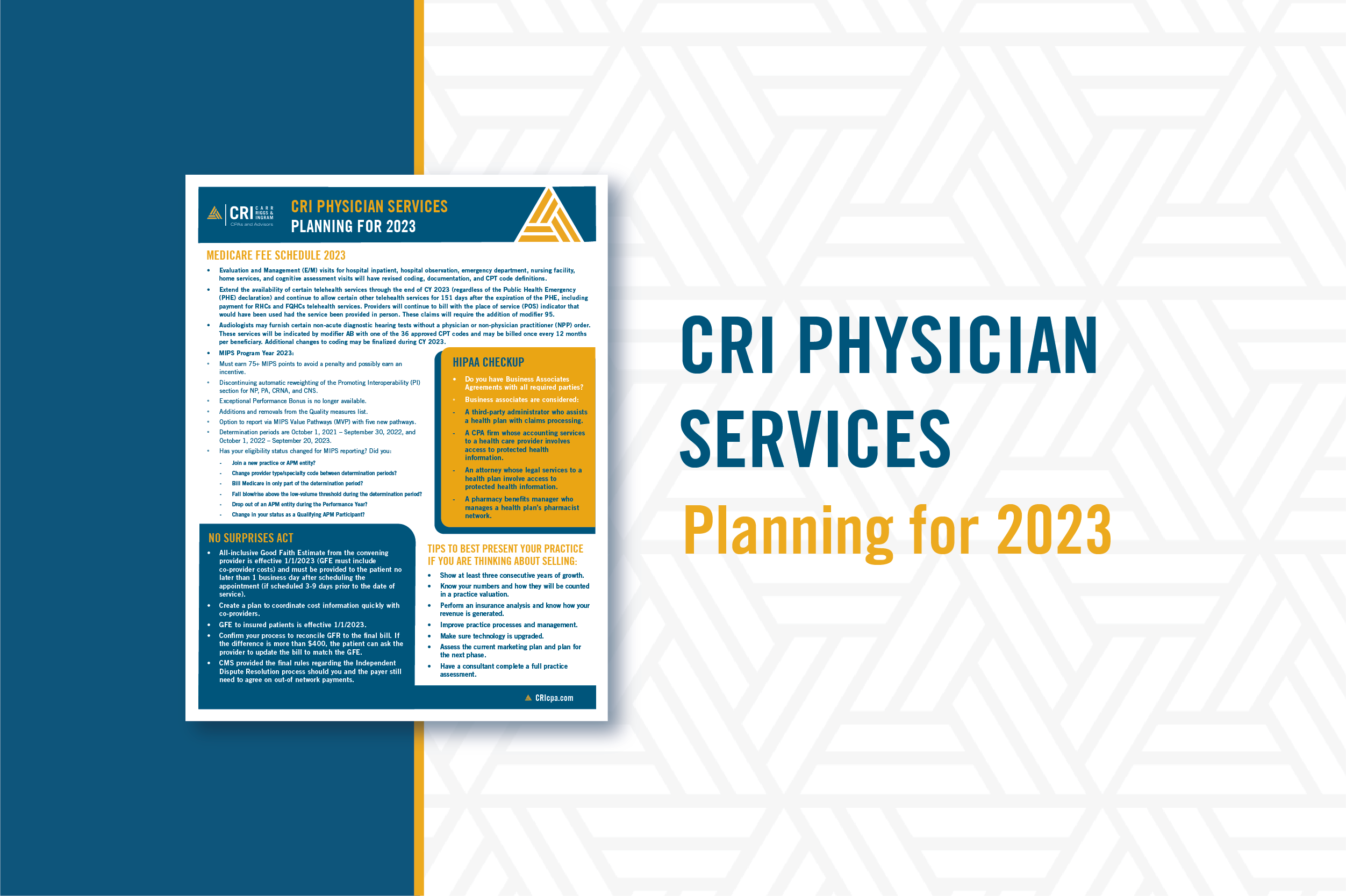










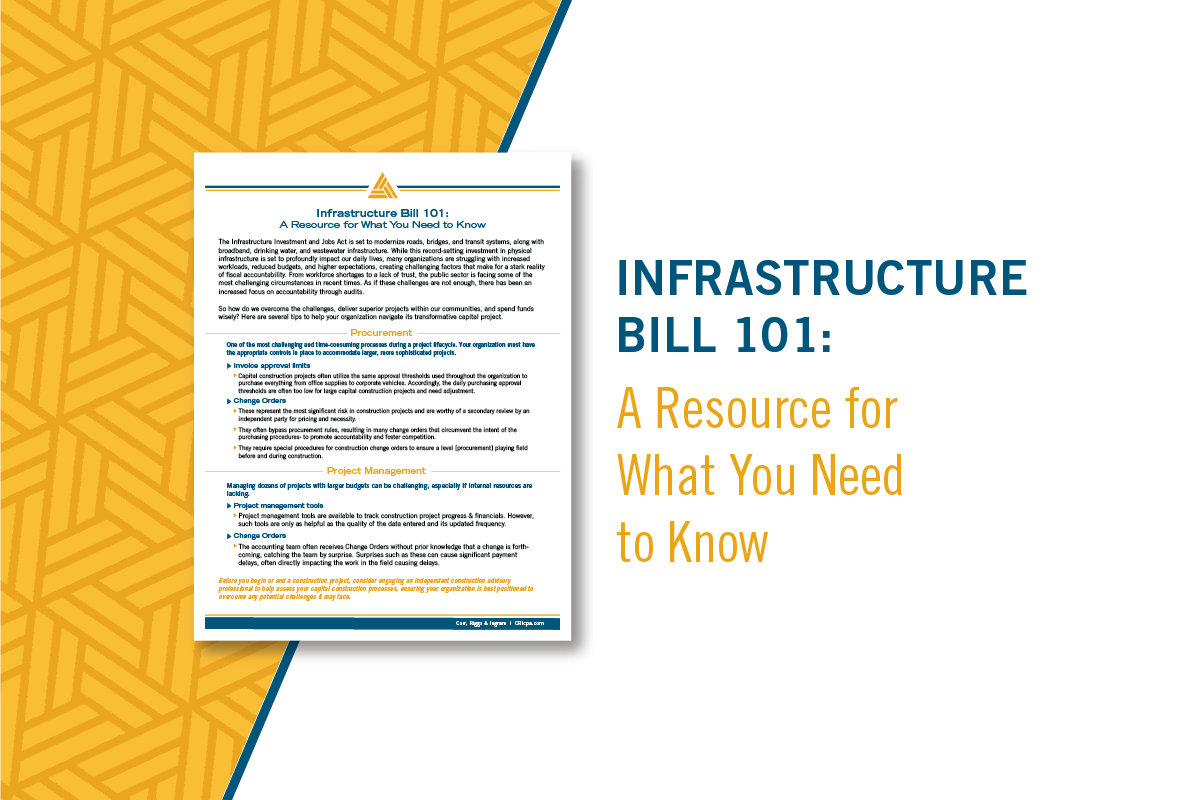















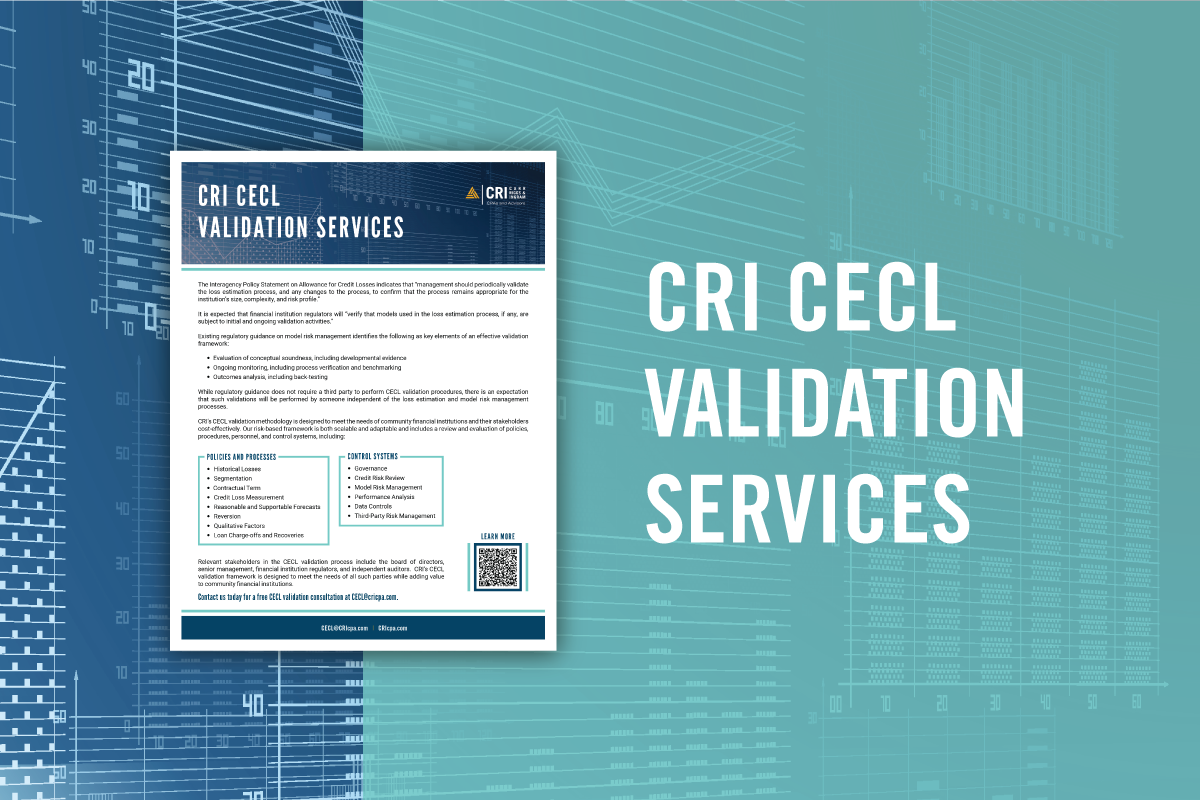



















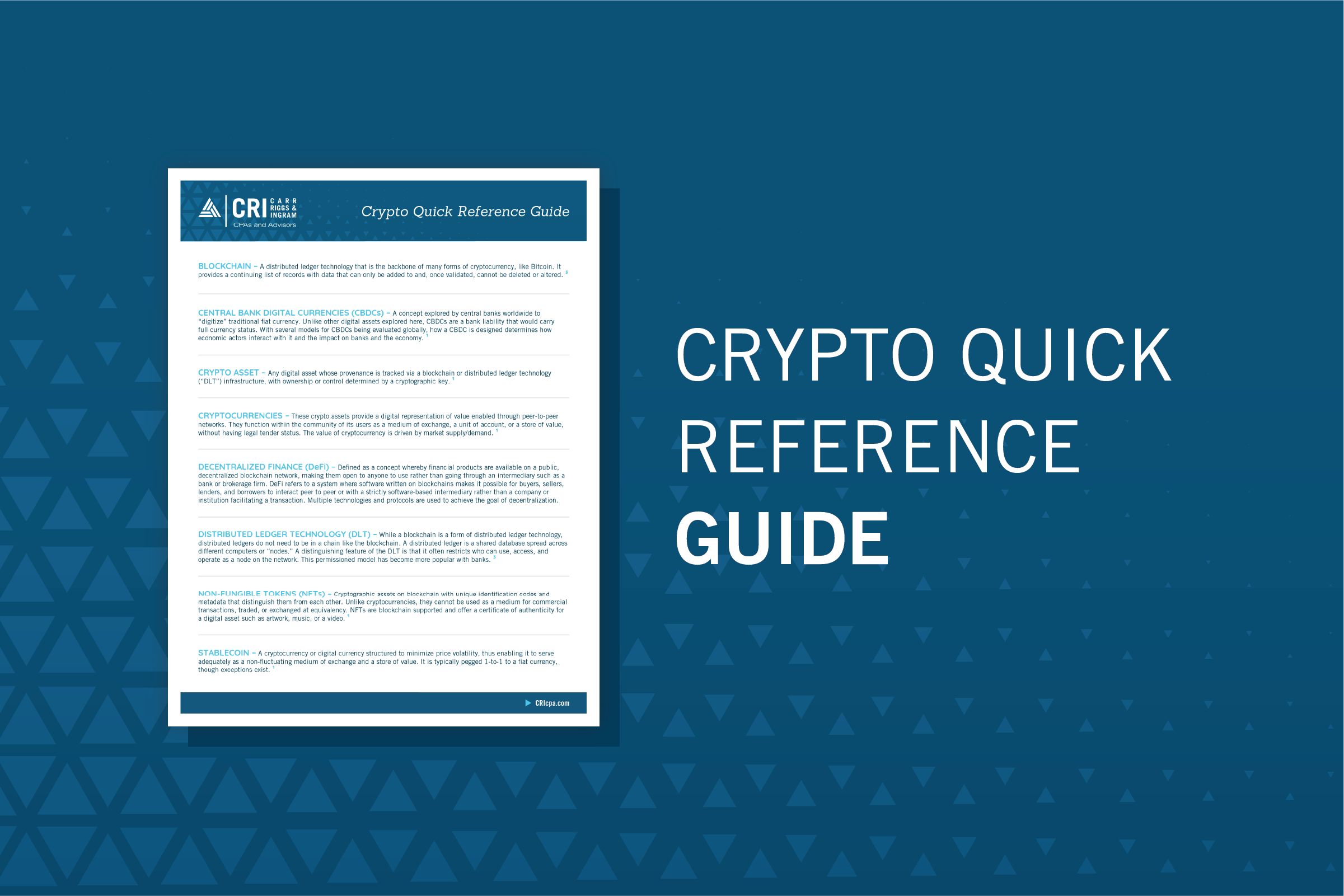


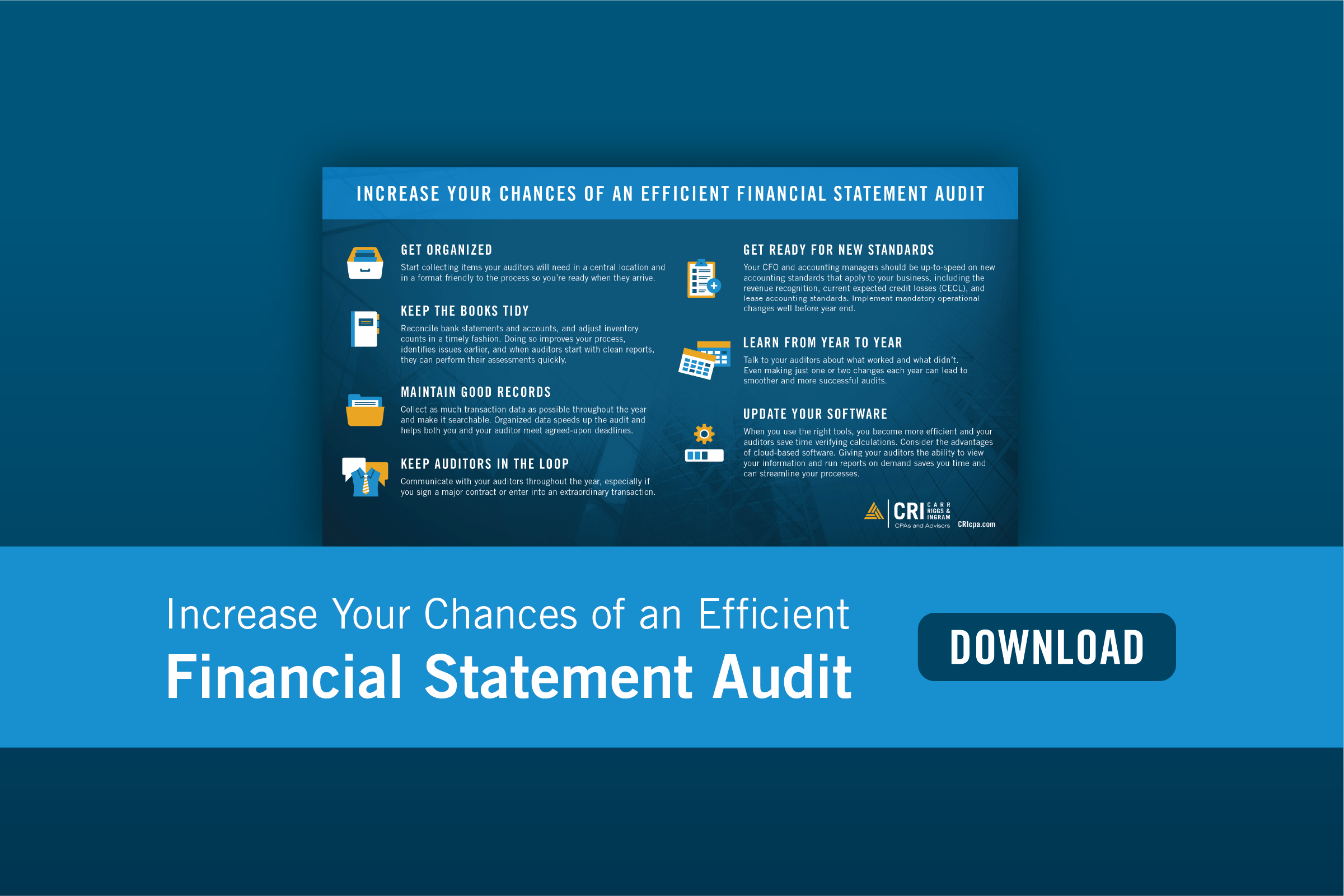










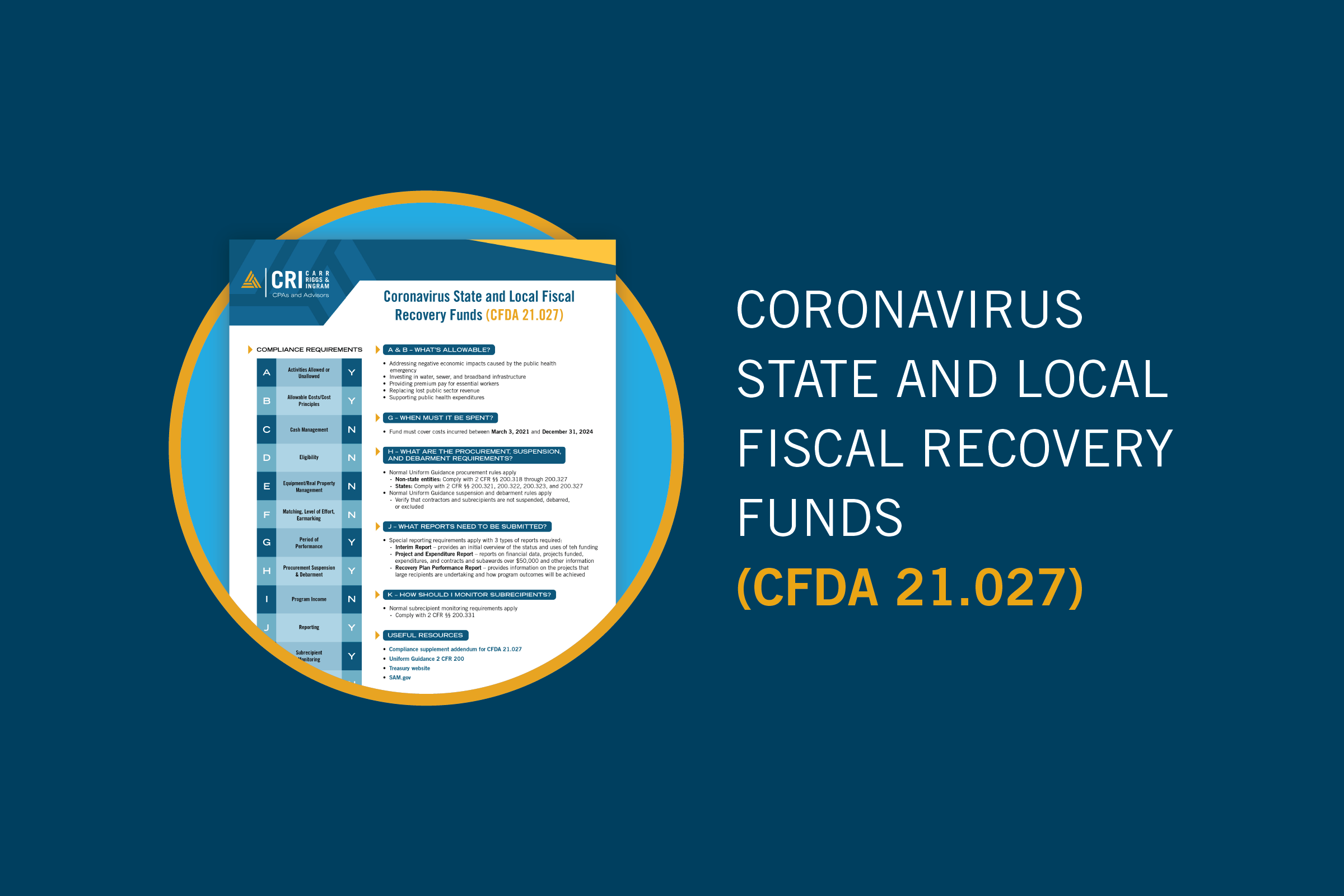










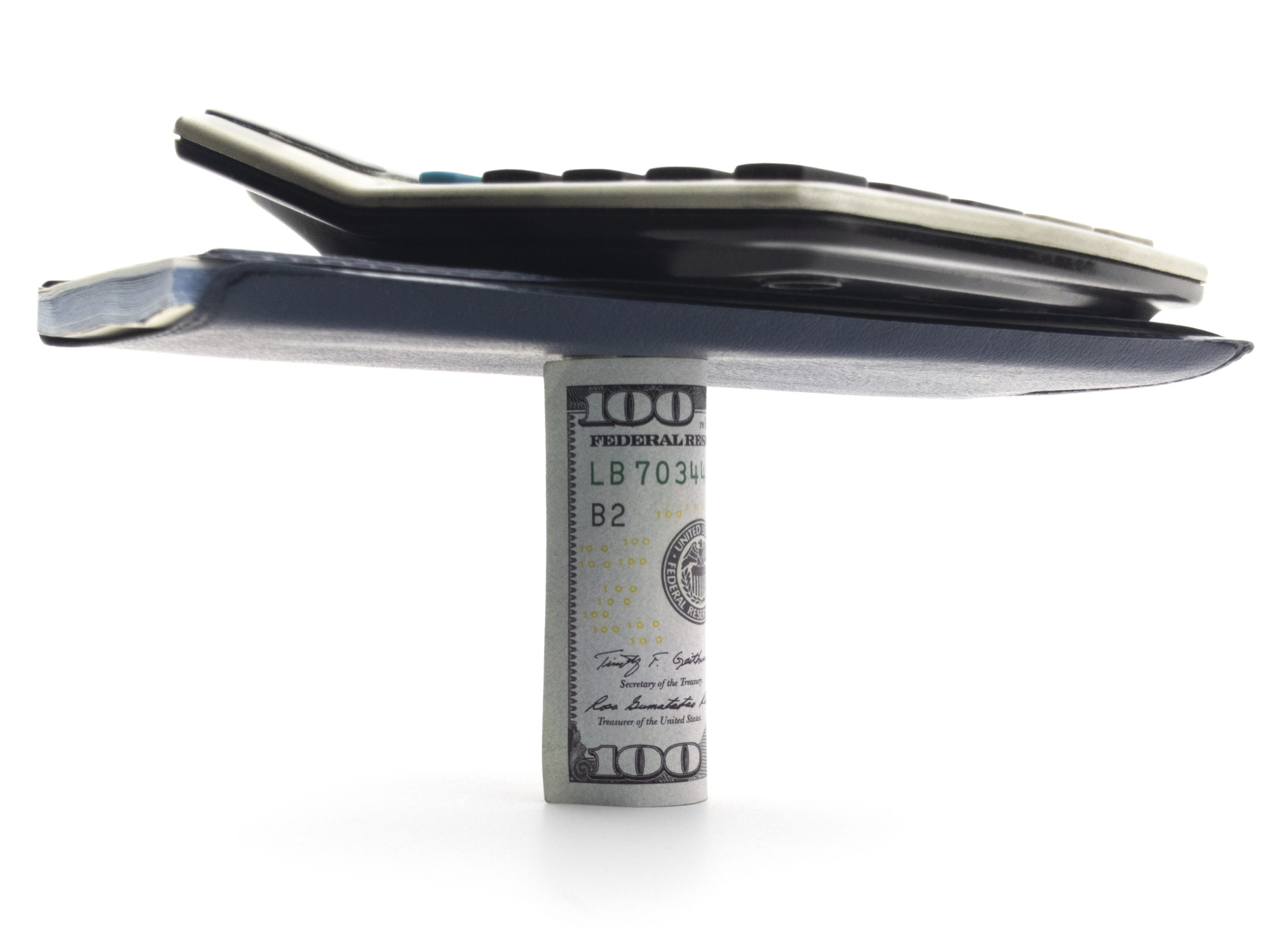




















































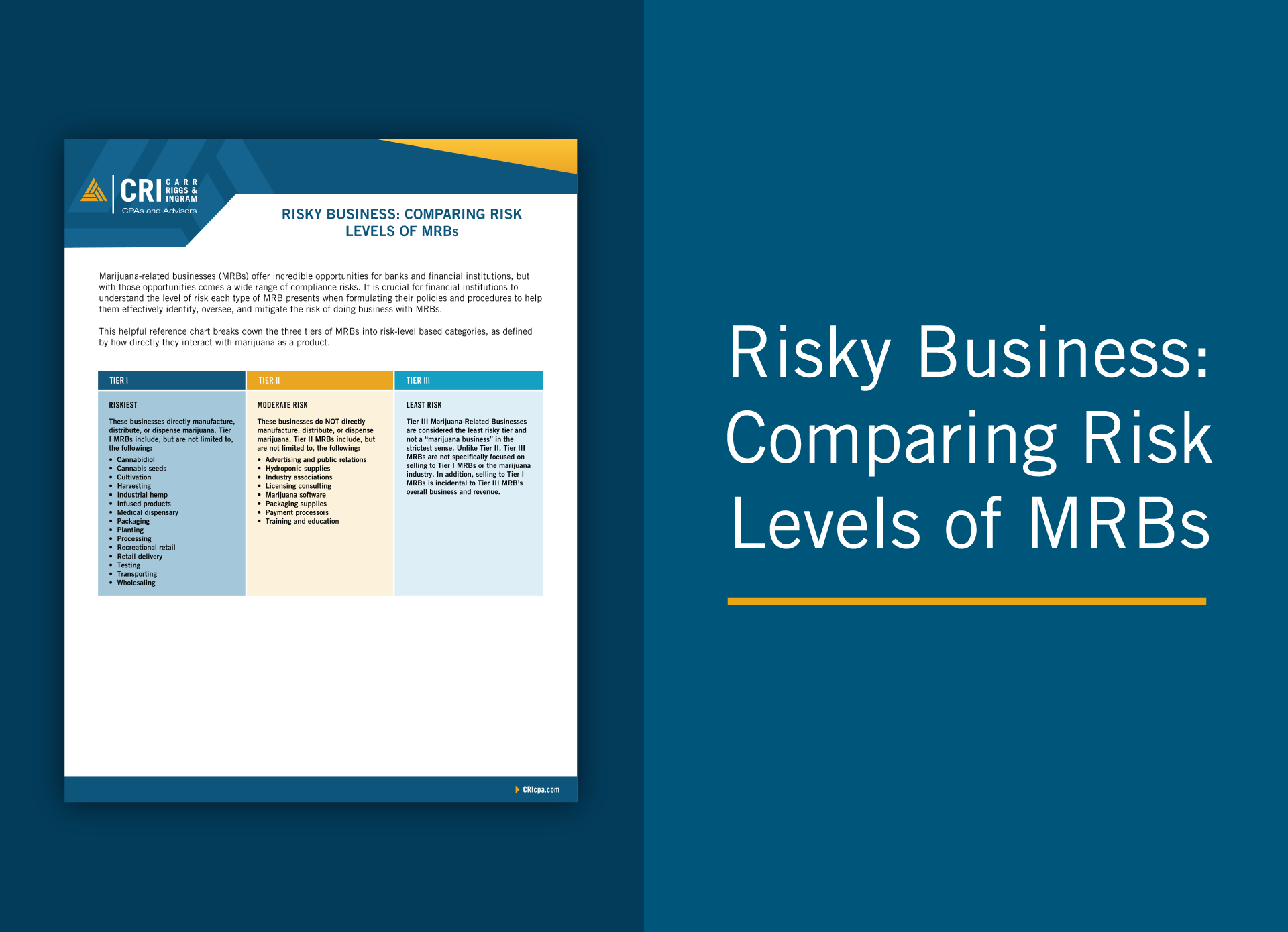
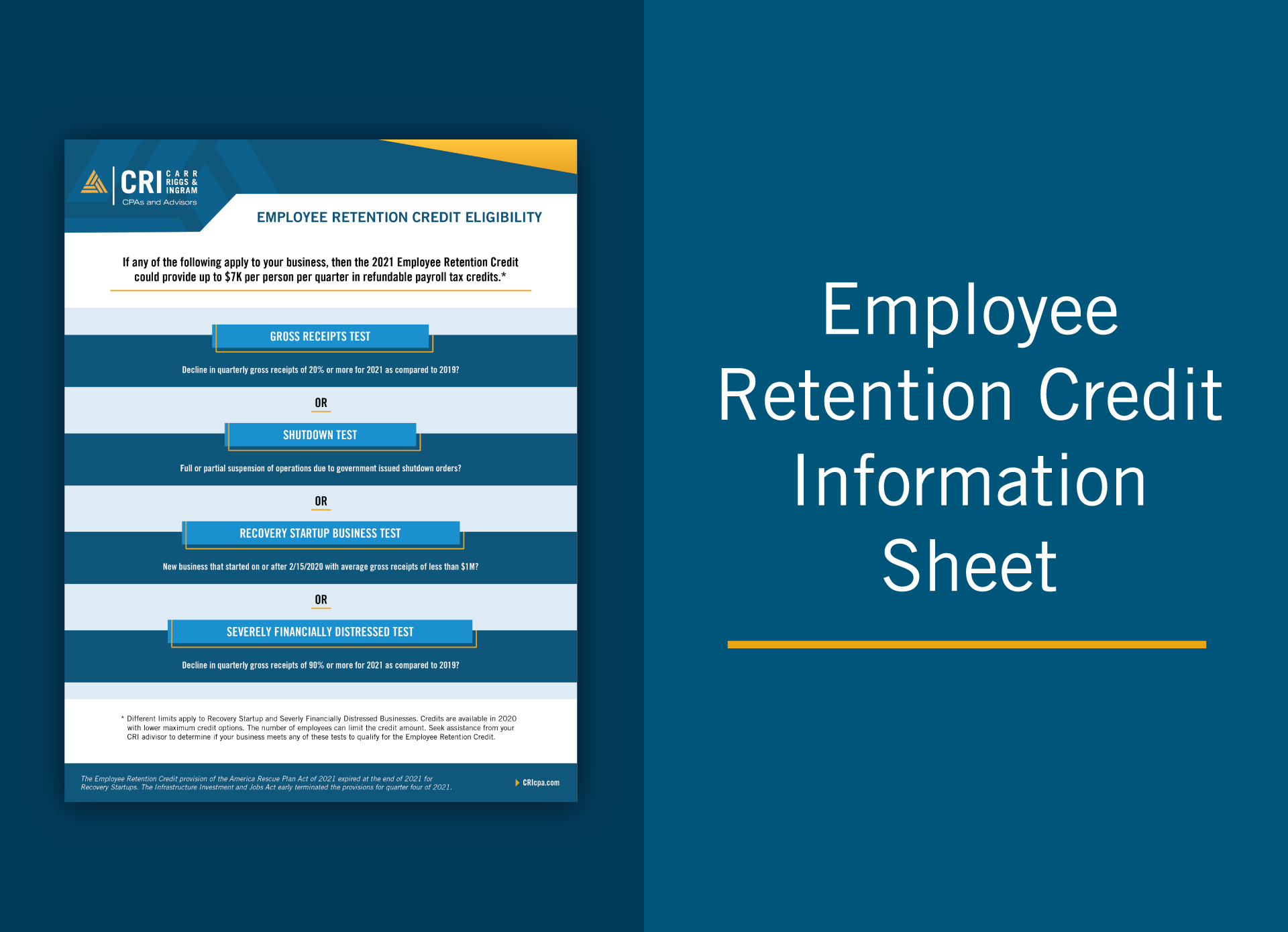
































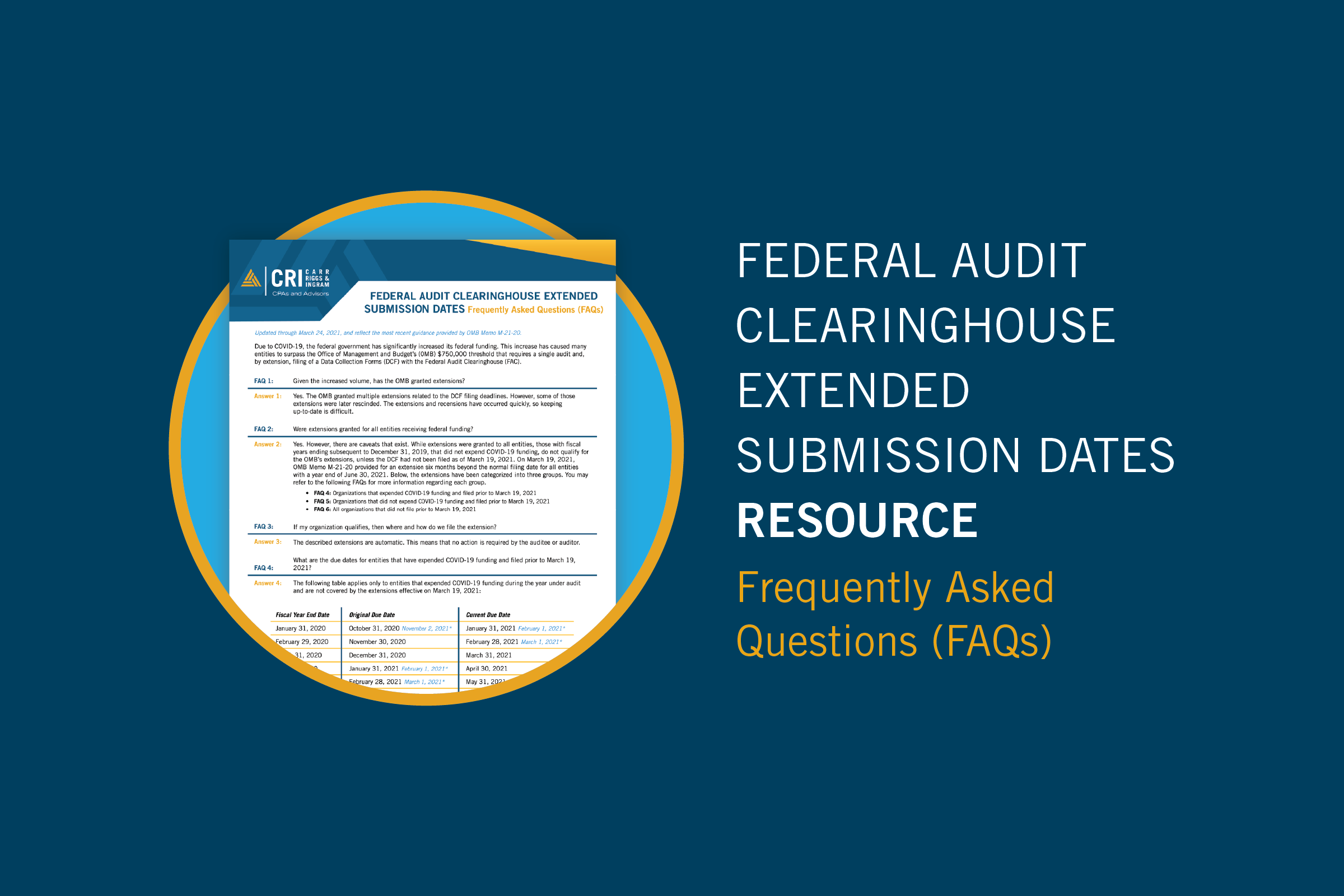








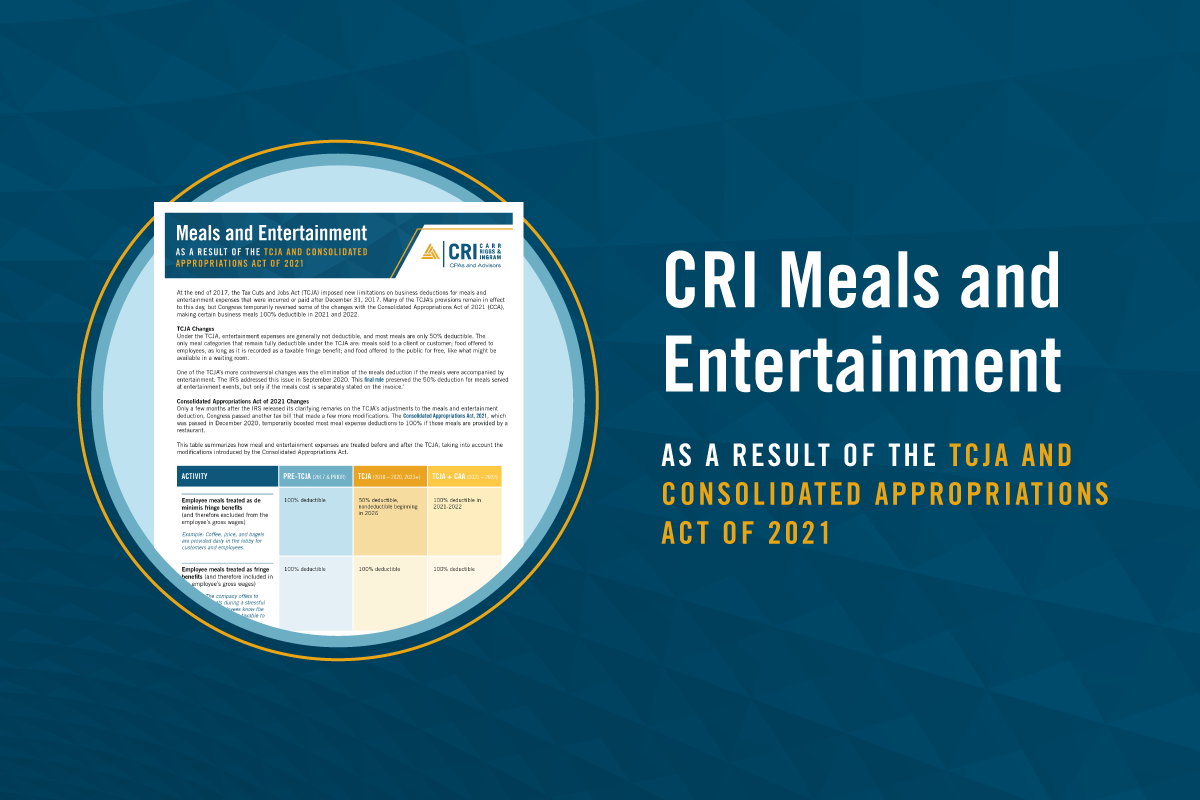






























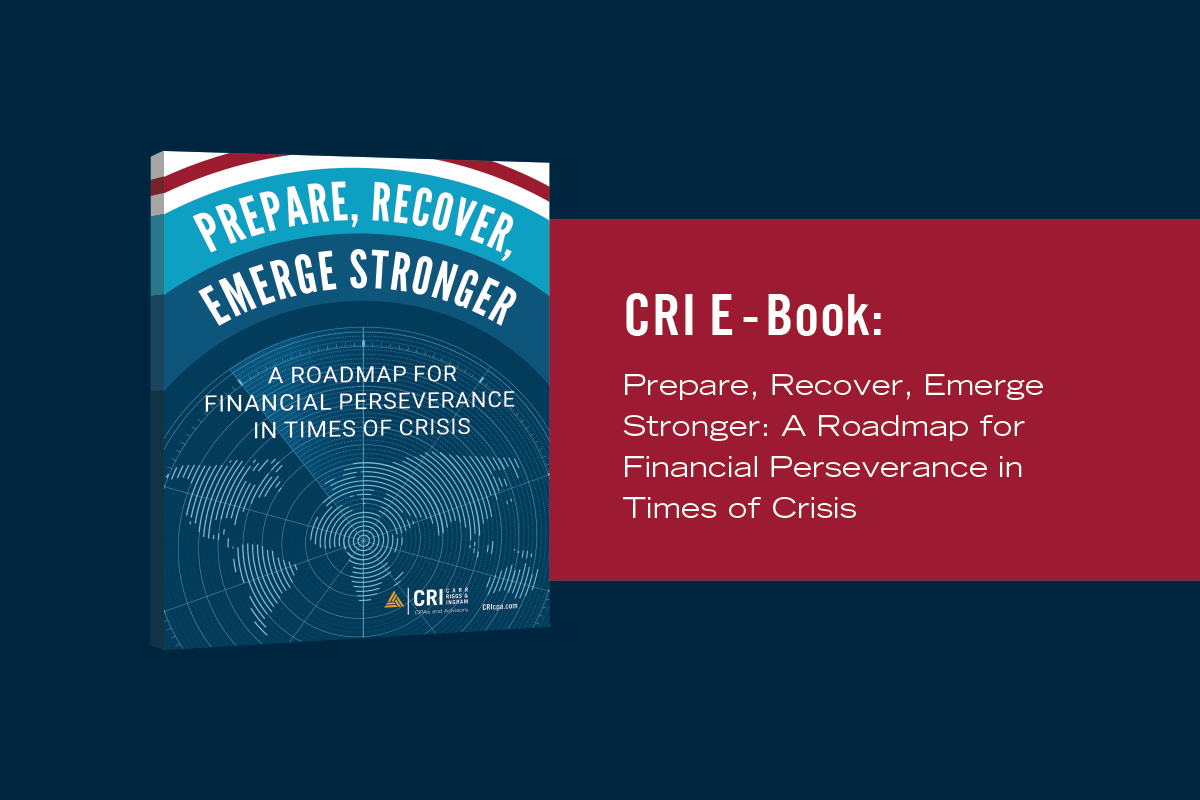



































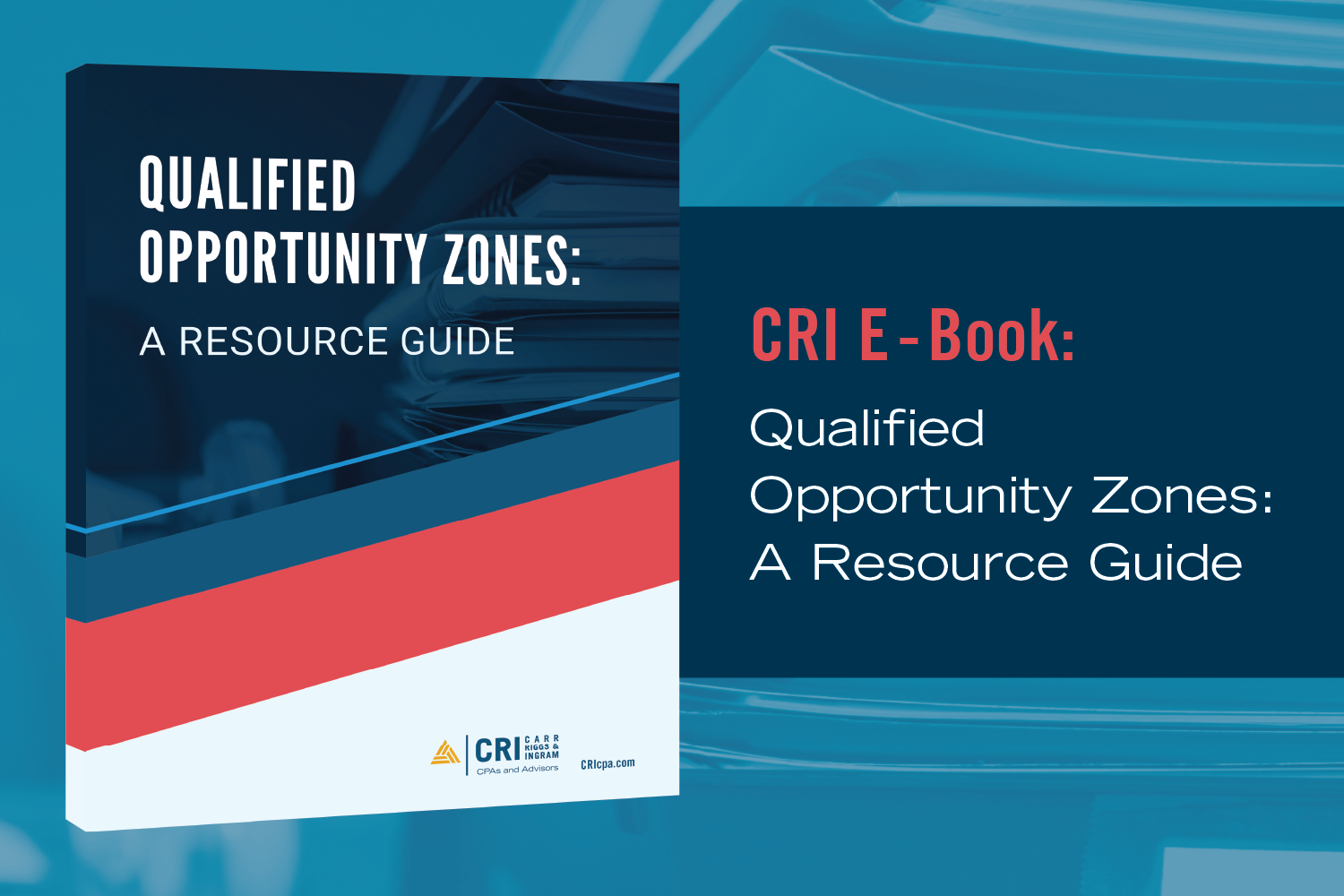
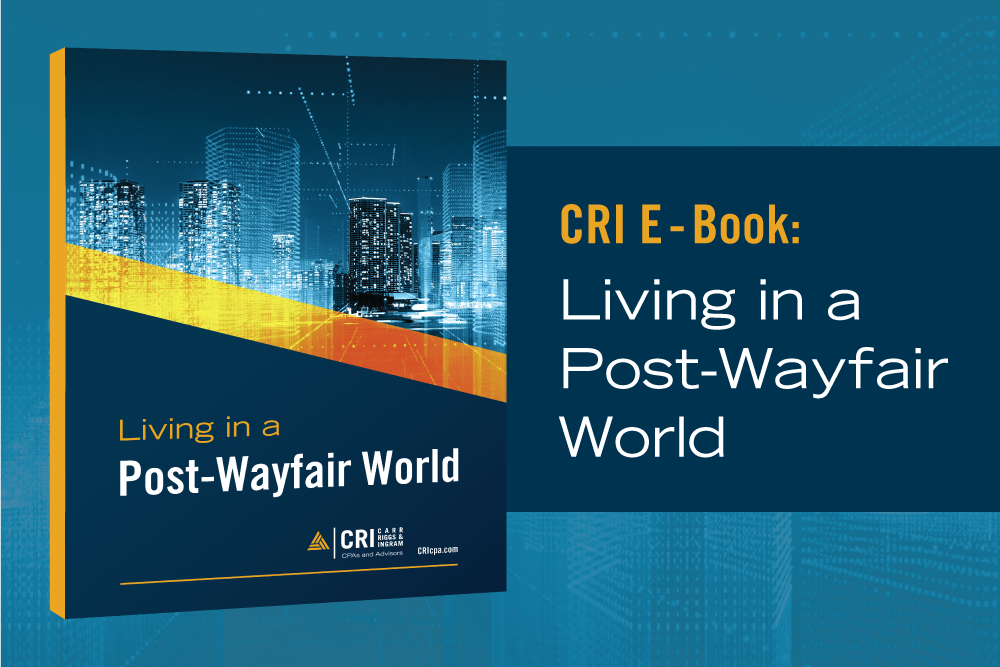

































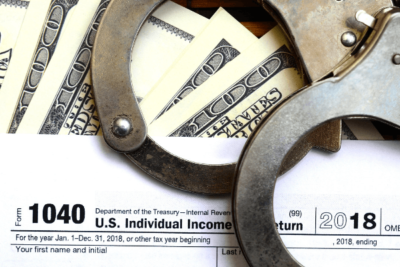














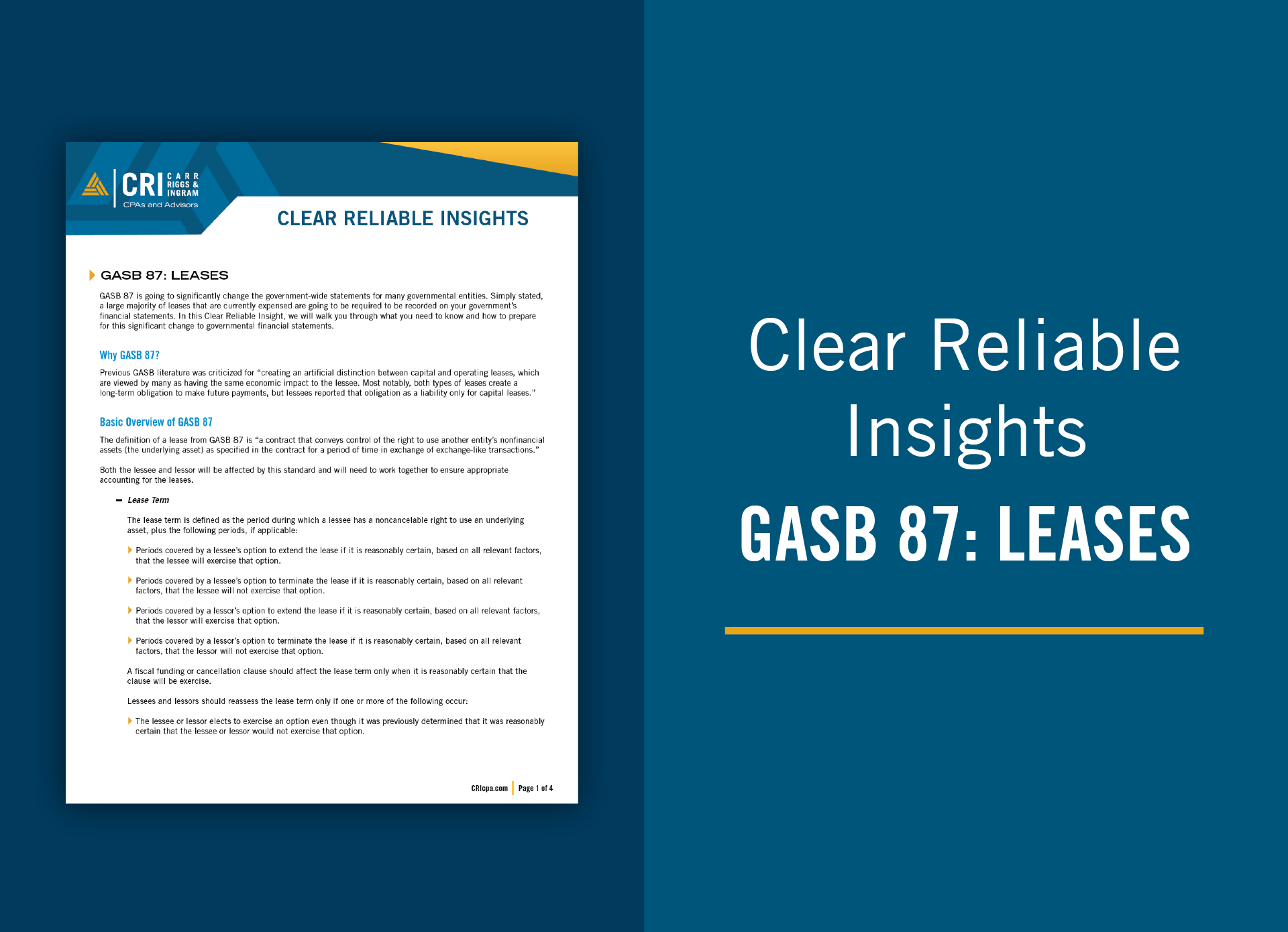





























Subscribe to our e-communications to receive the latest accounting and advisory news and updates impacting you and your business.